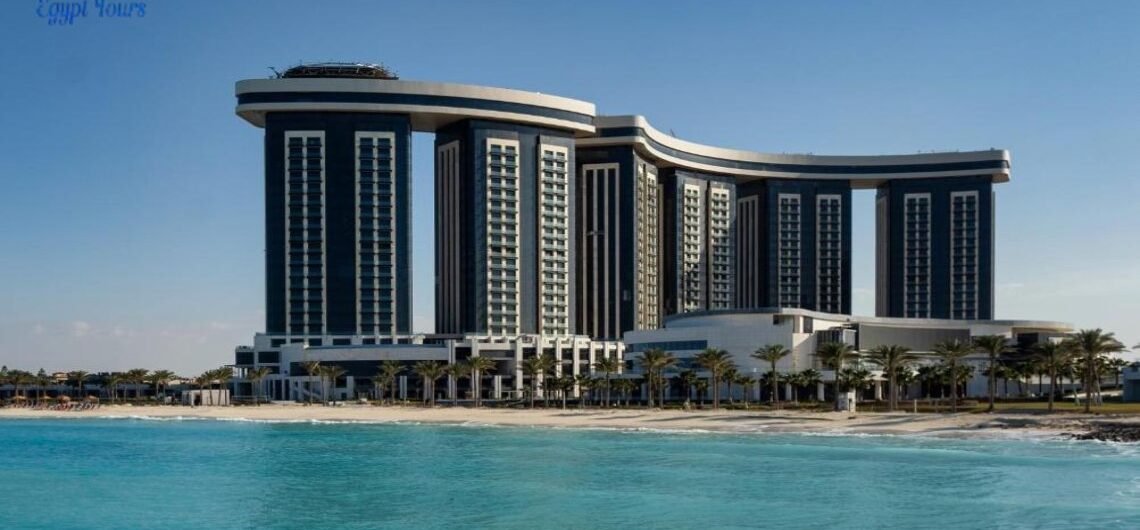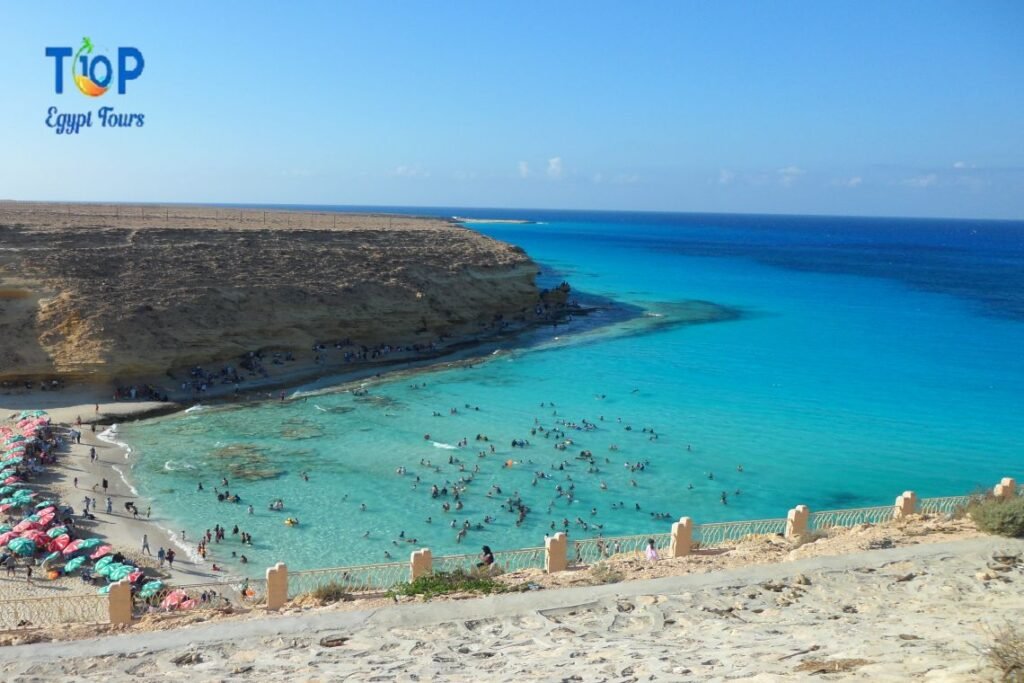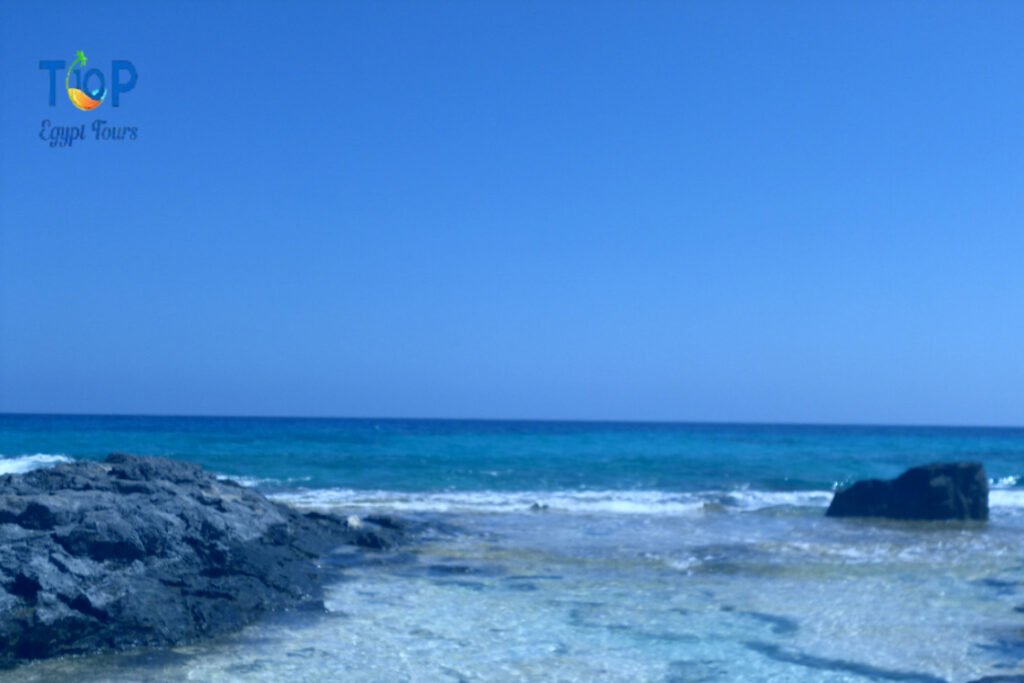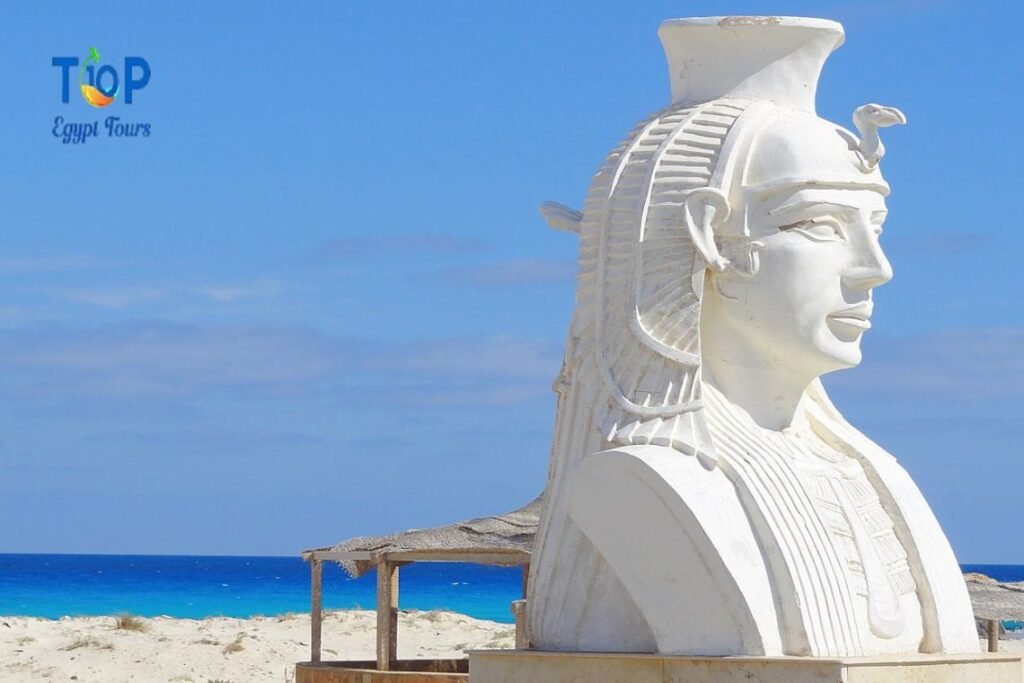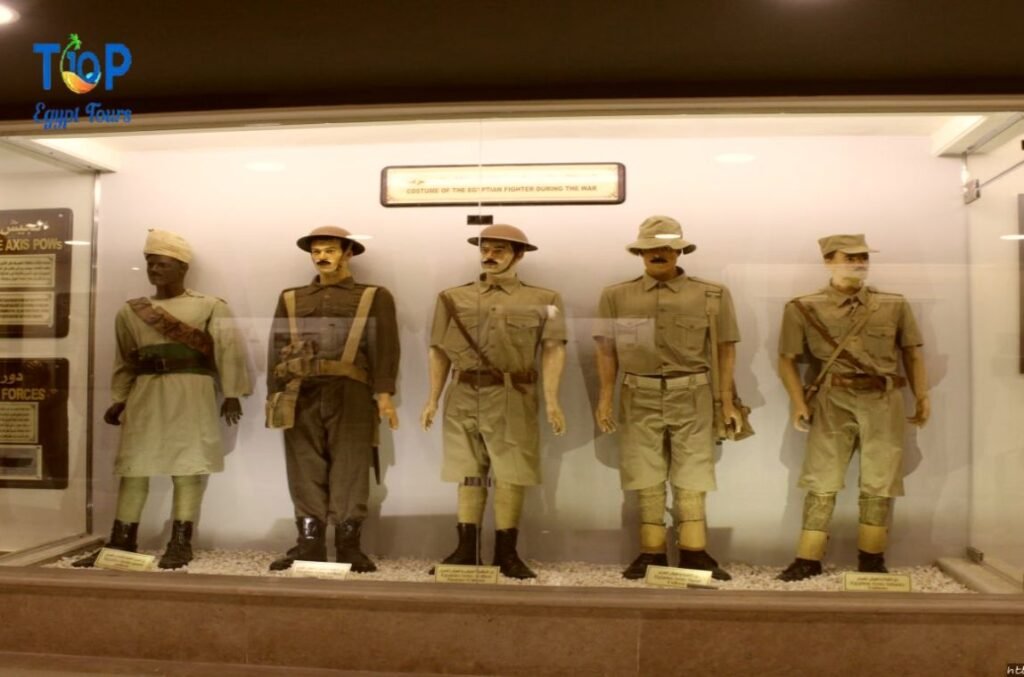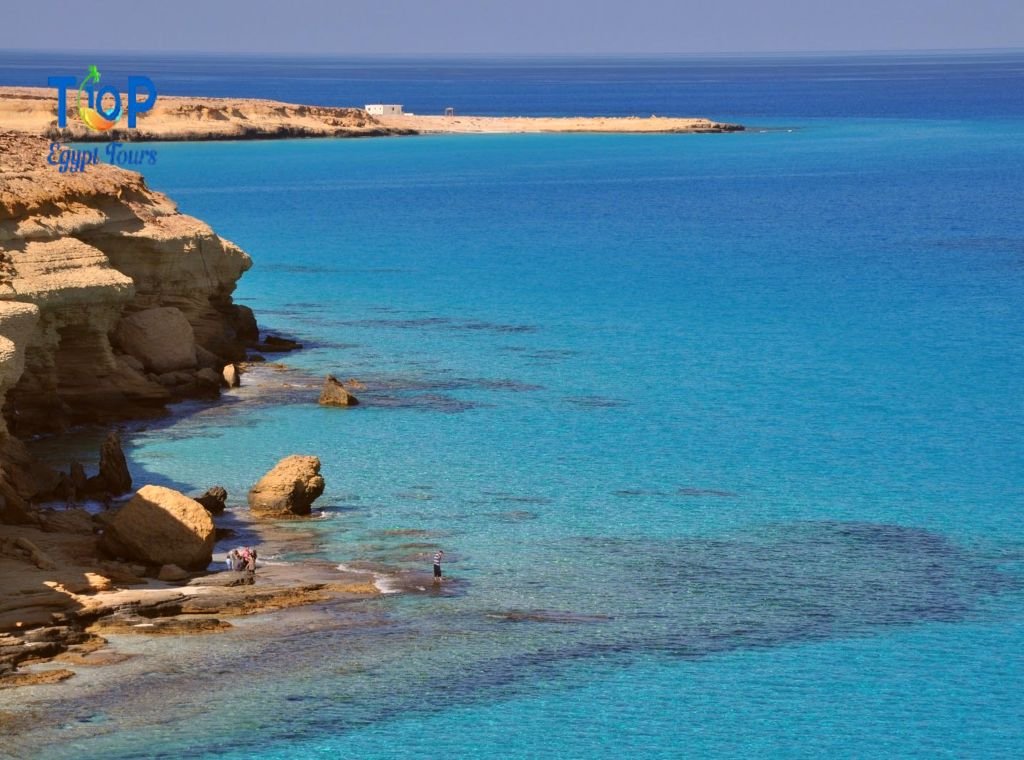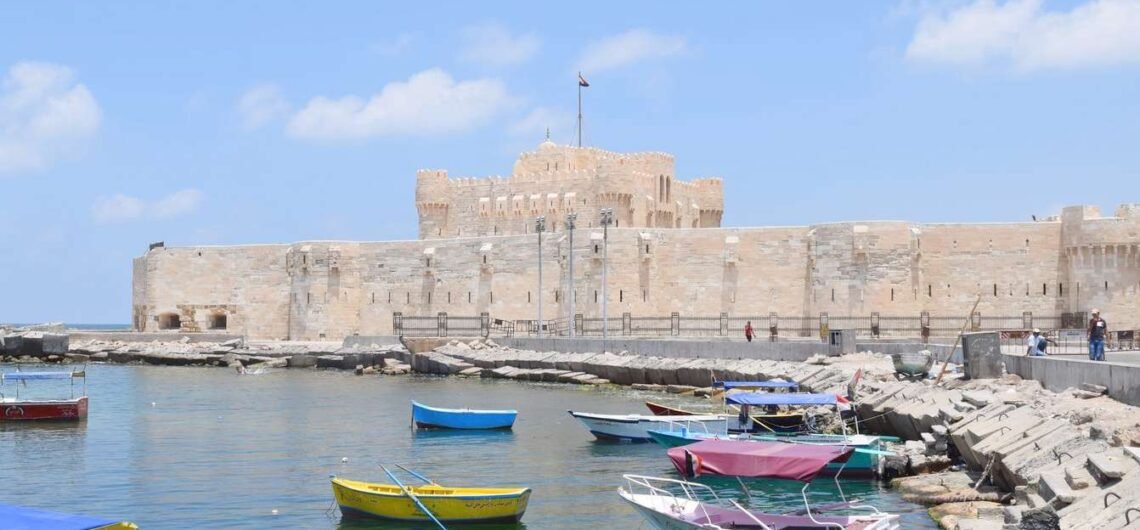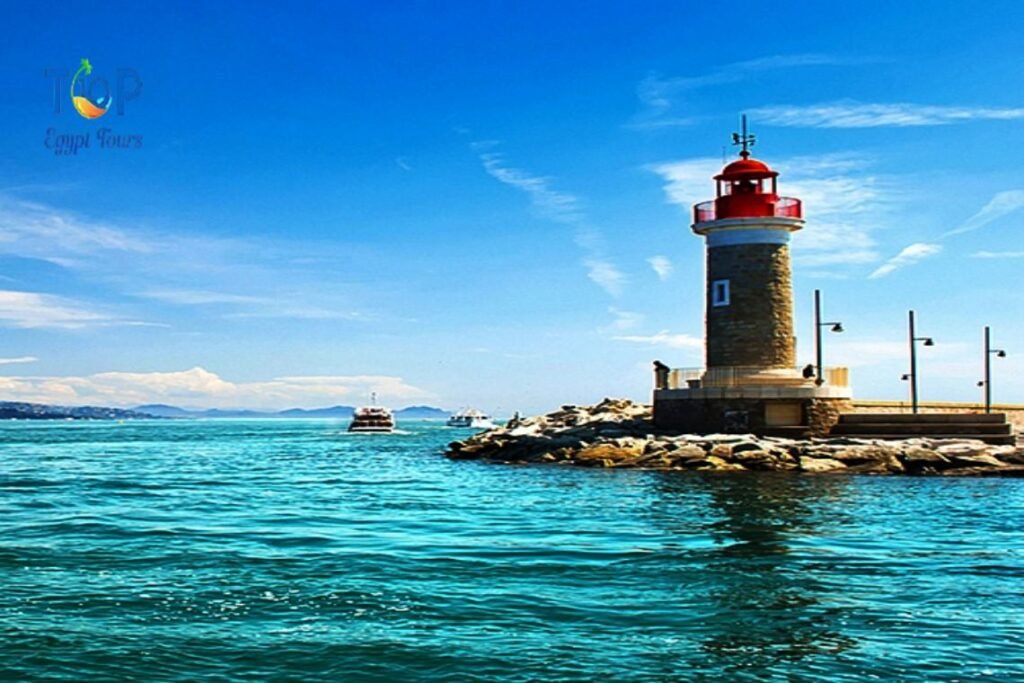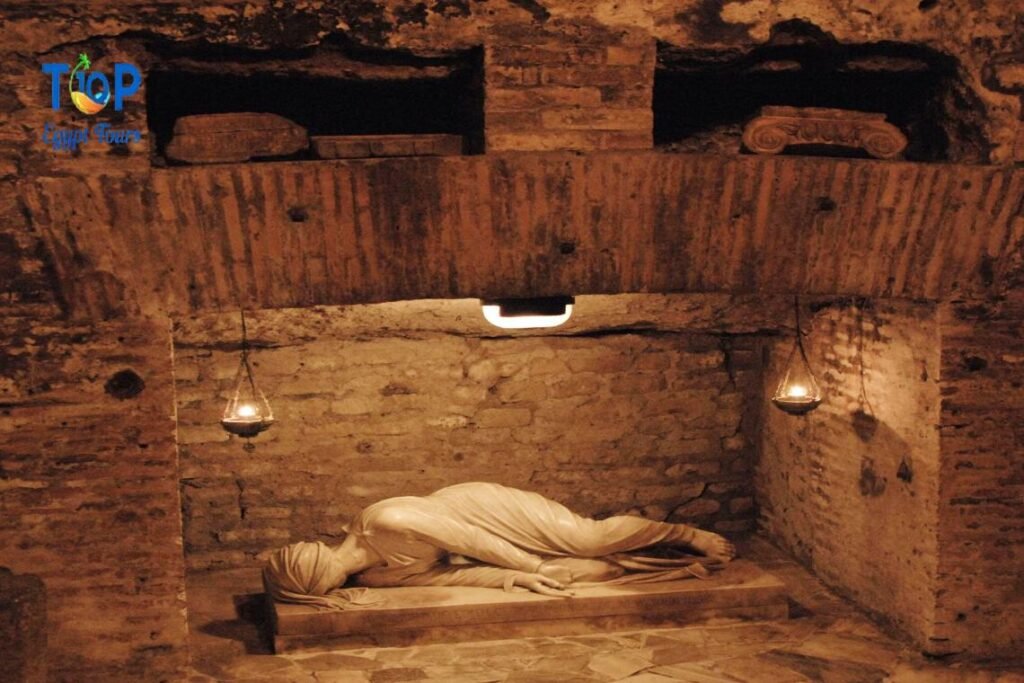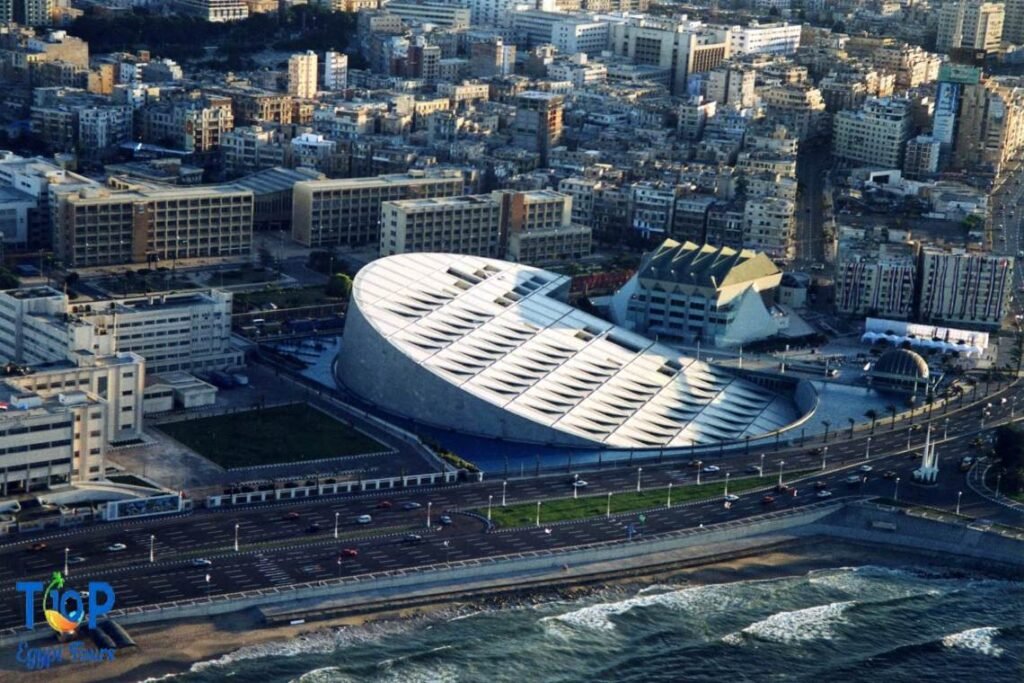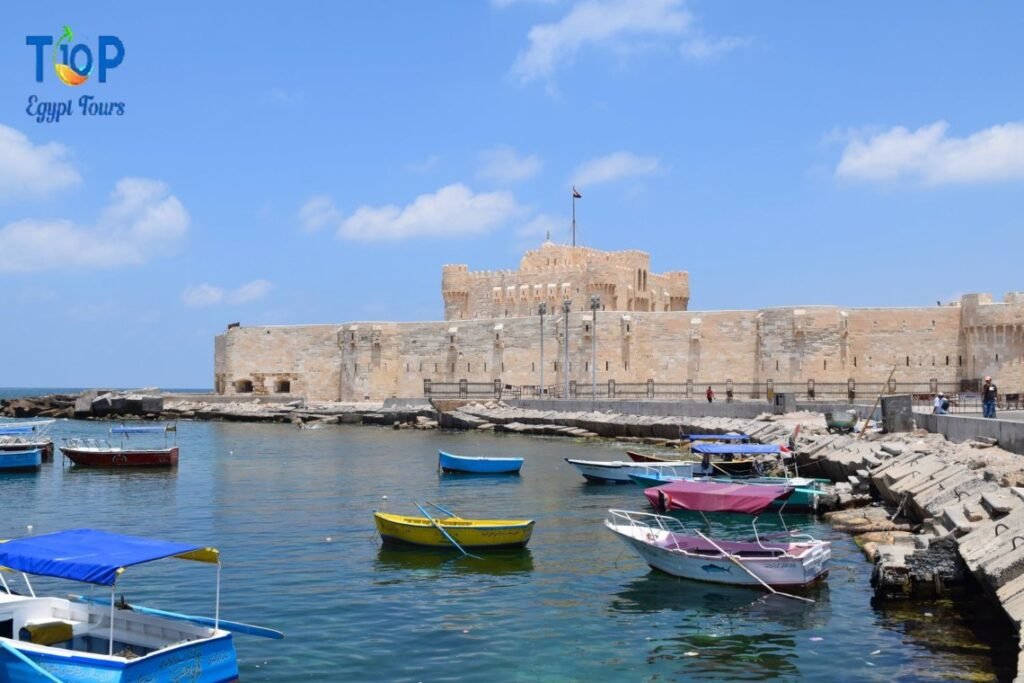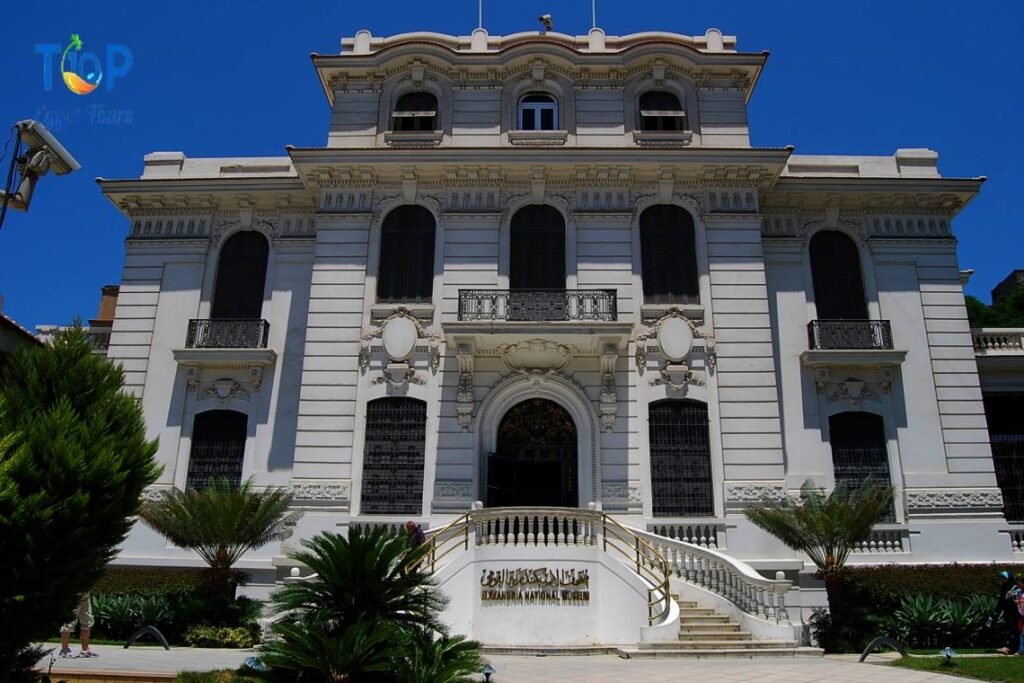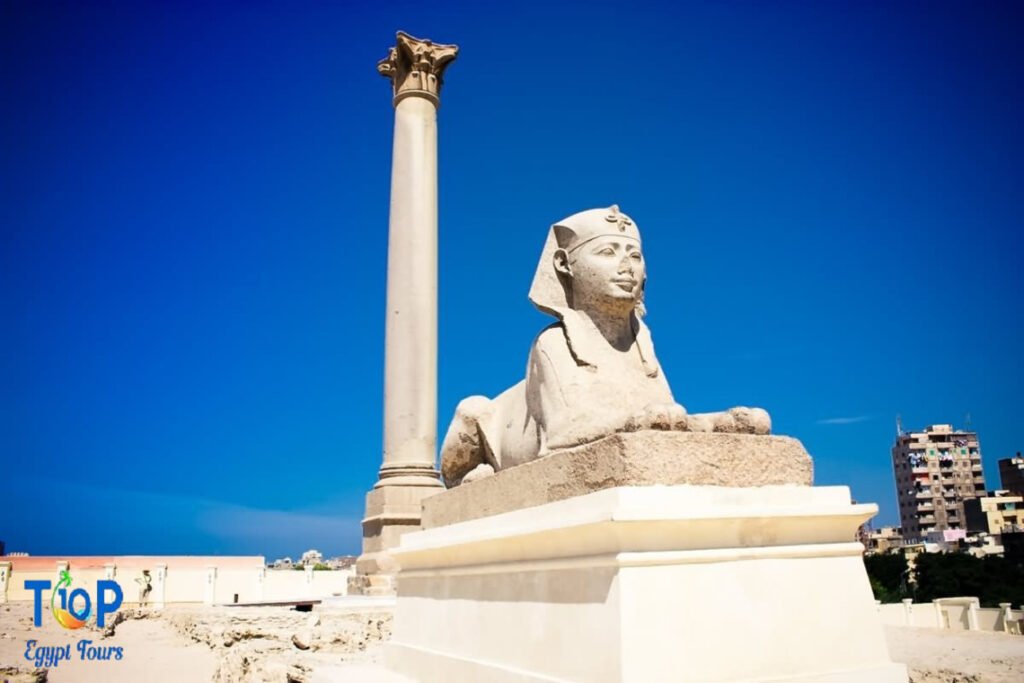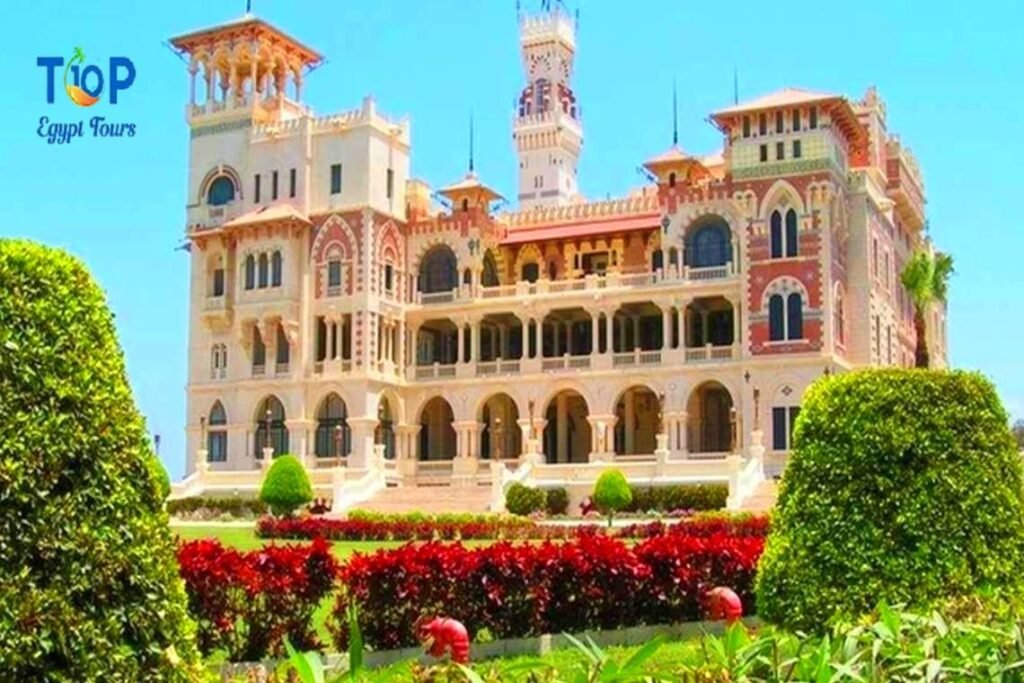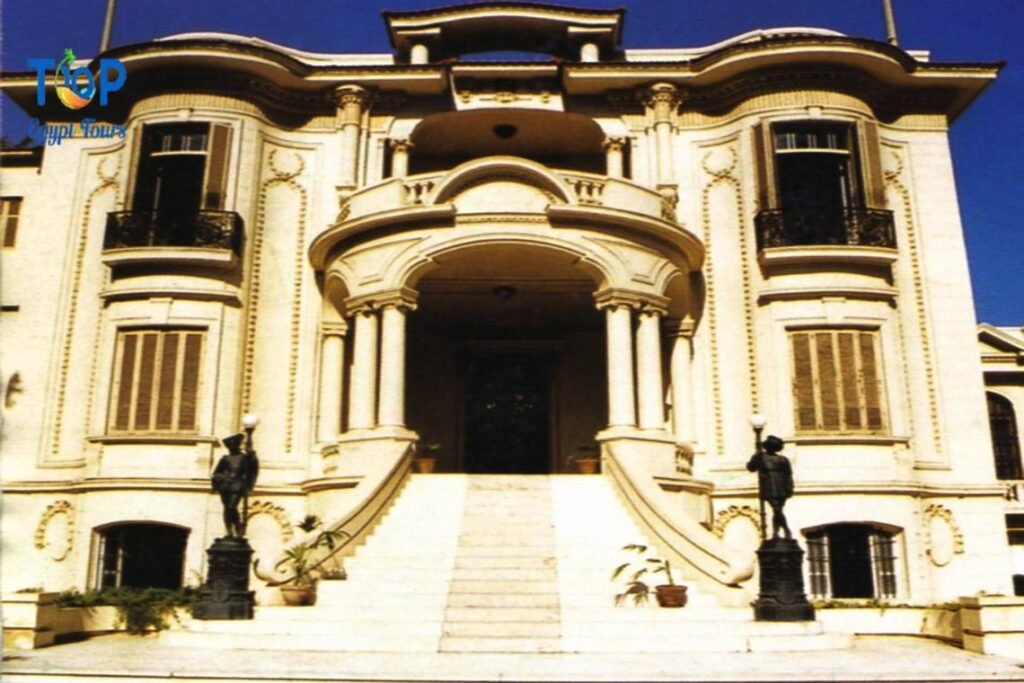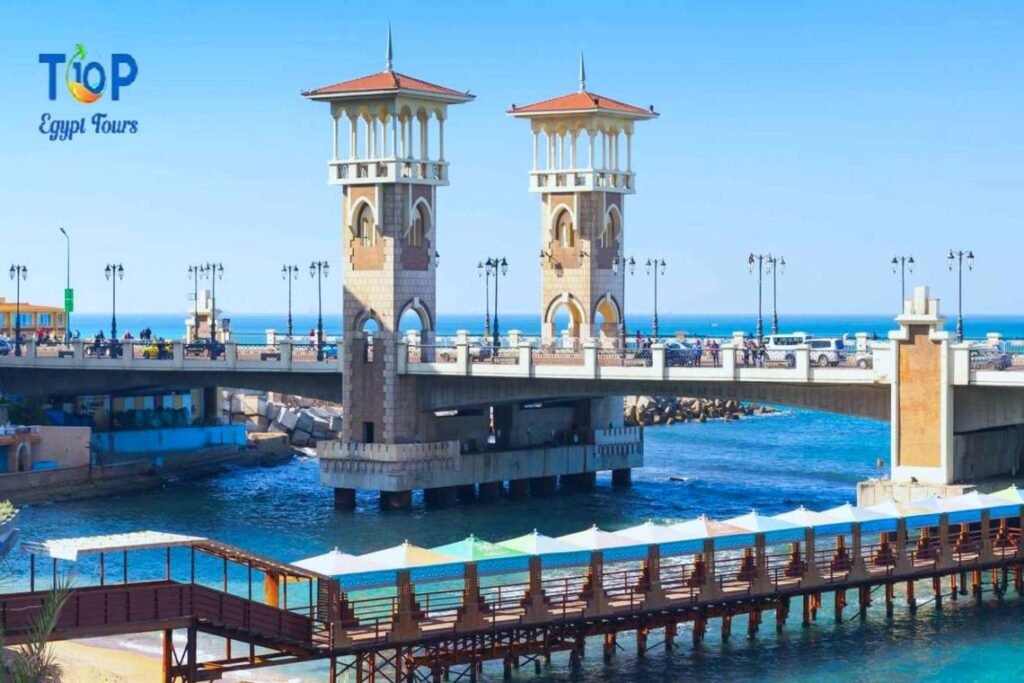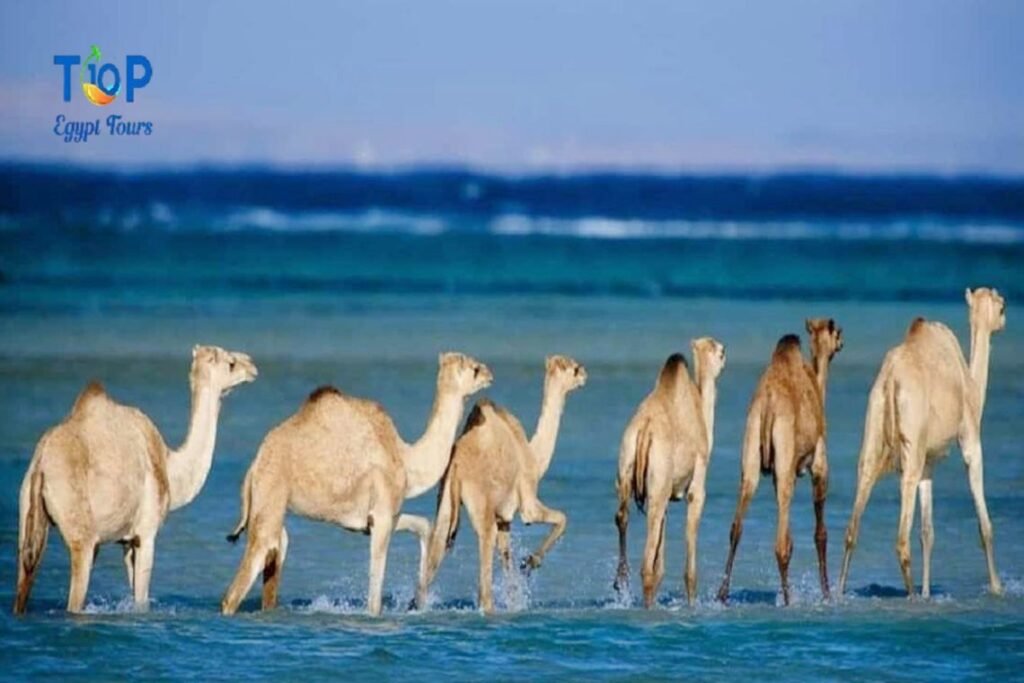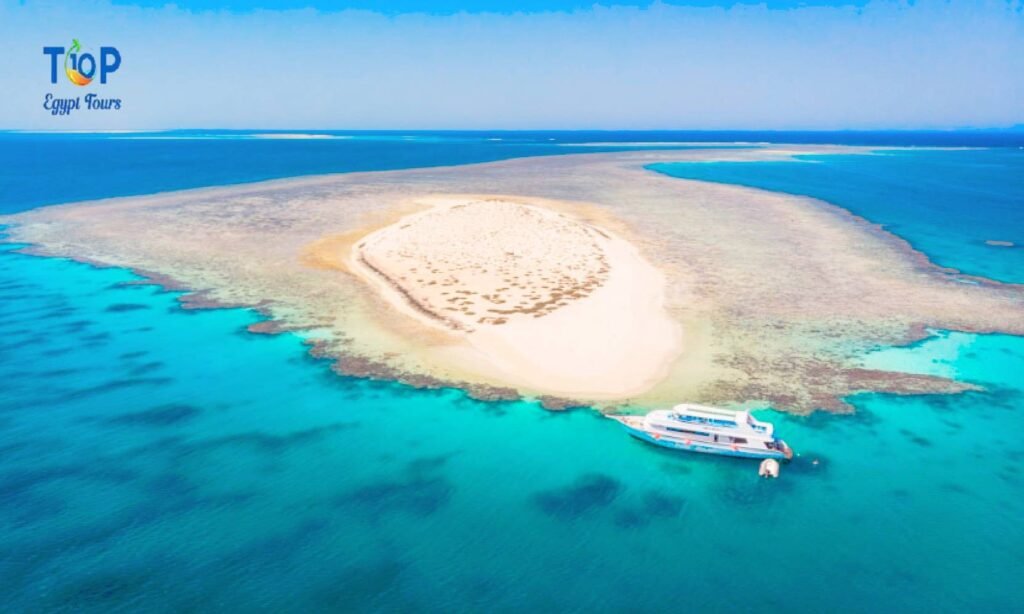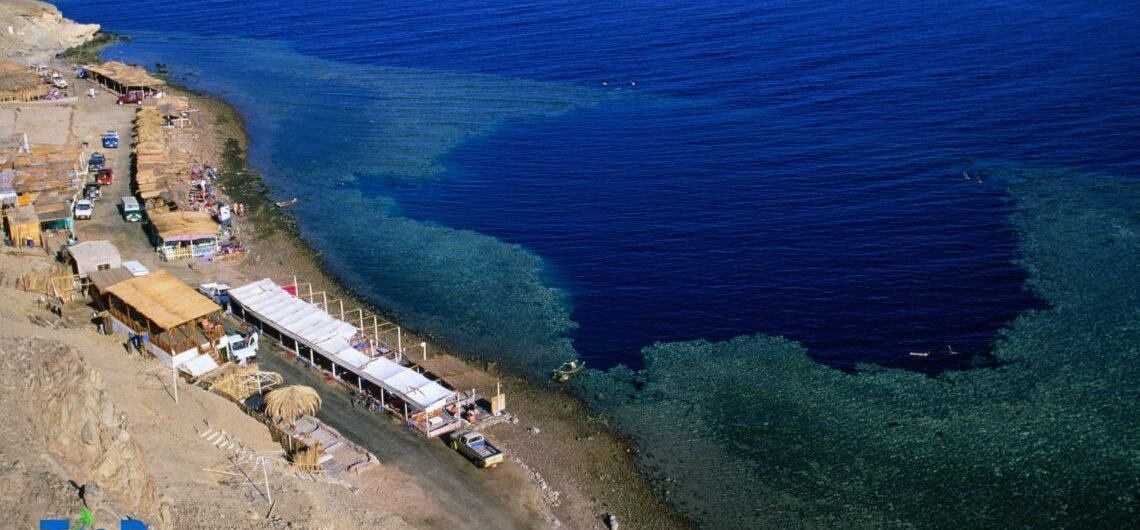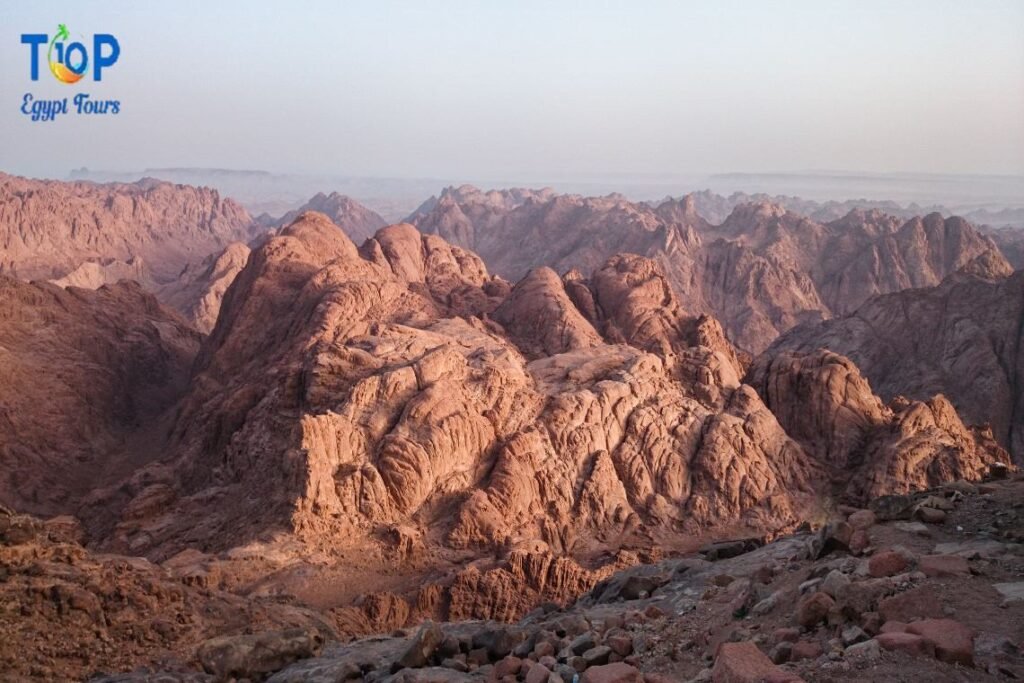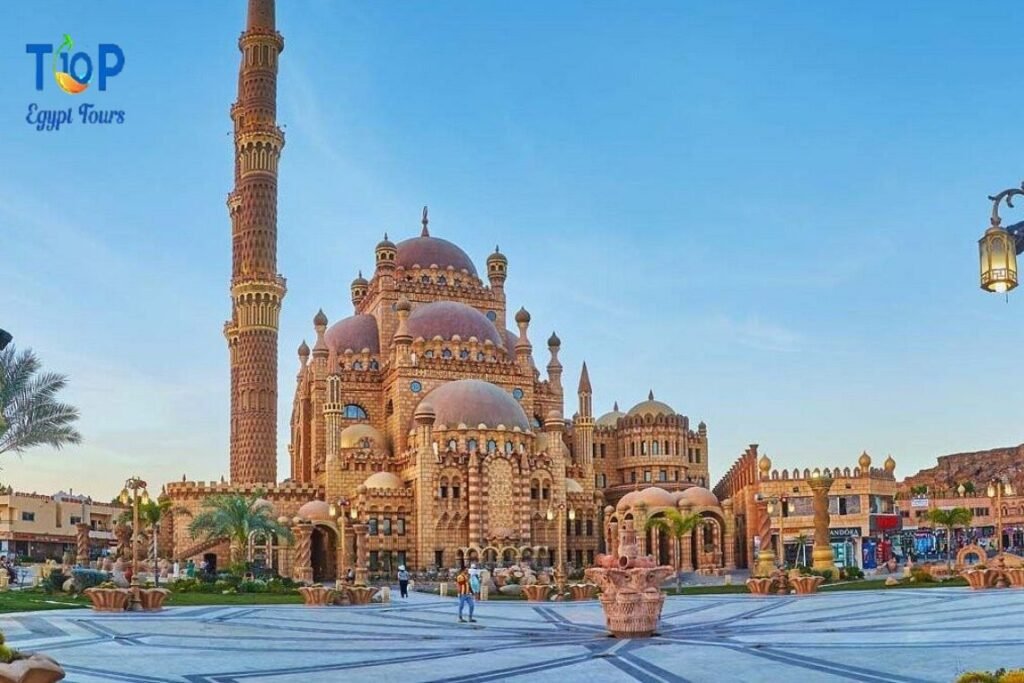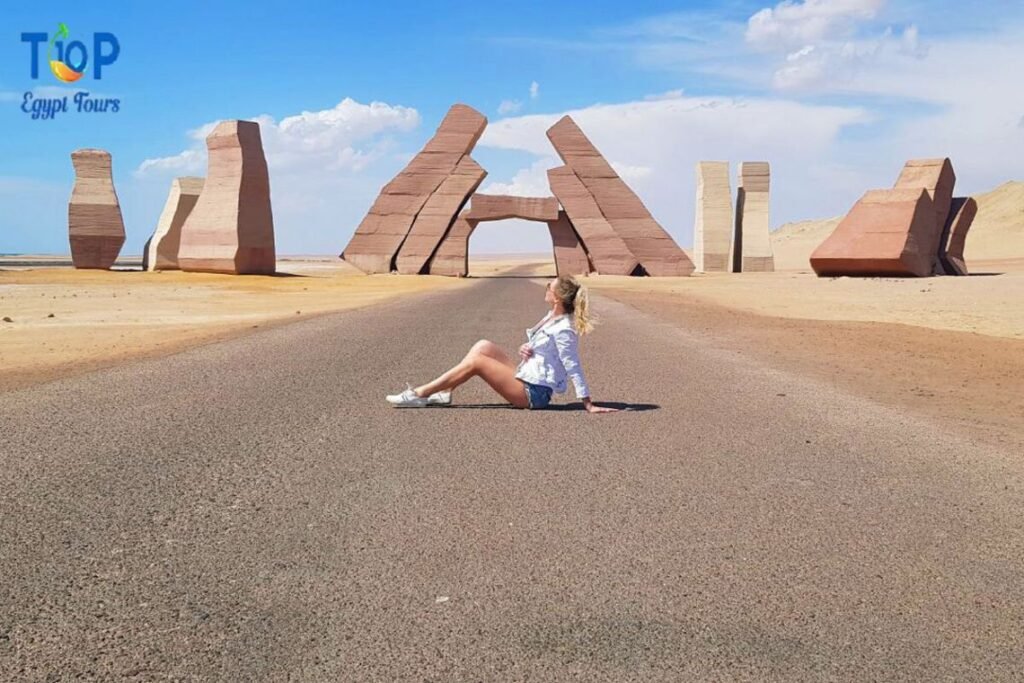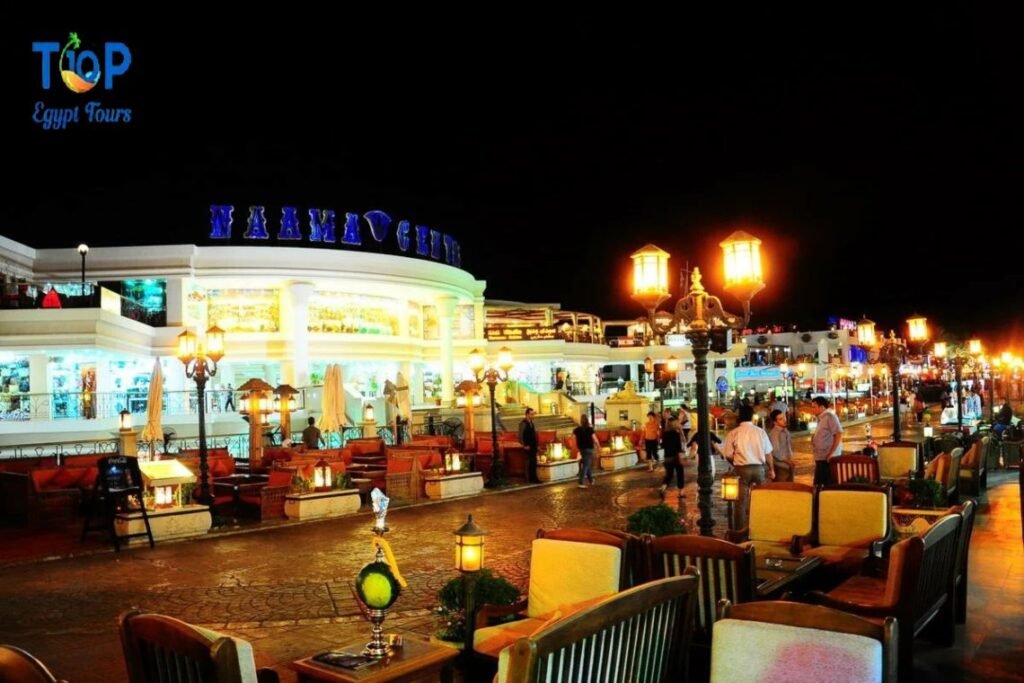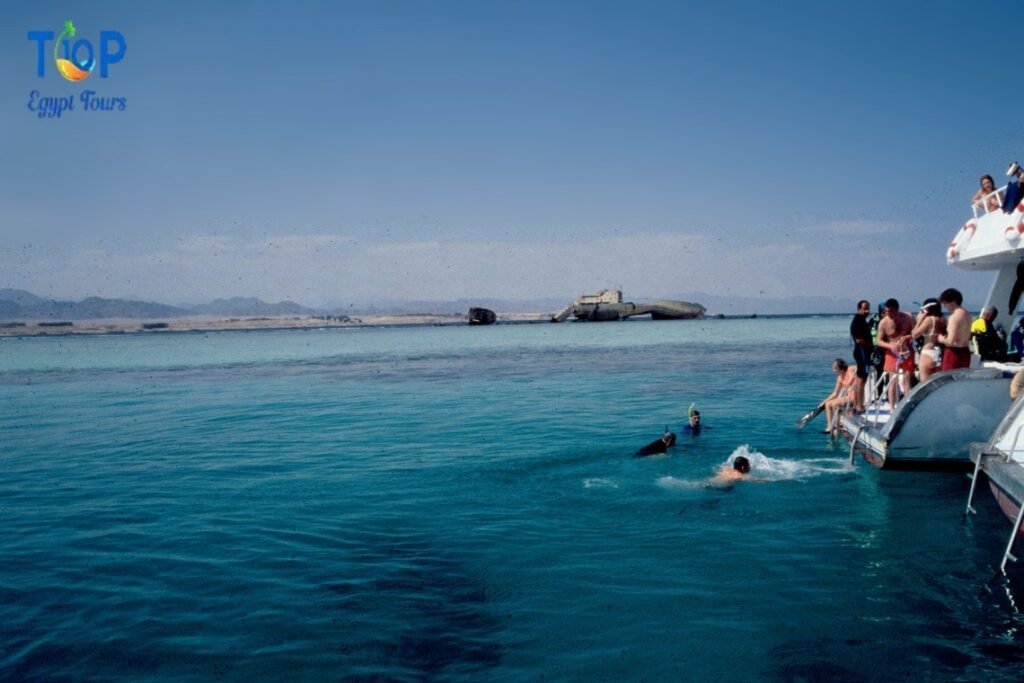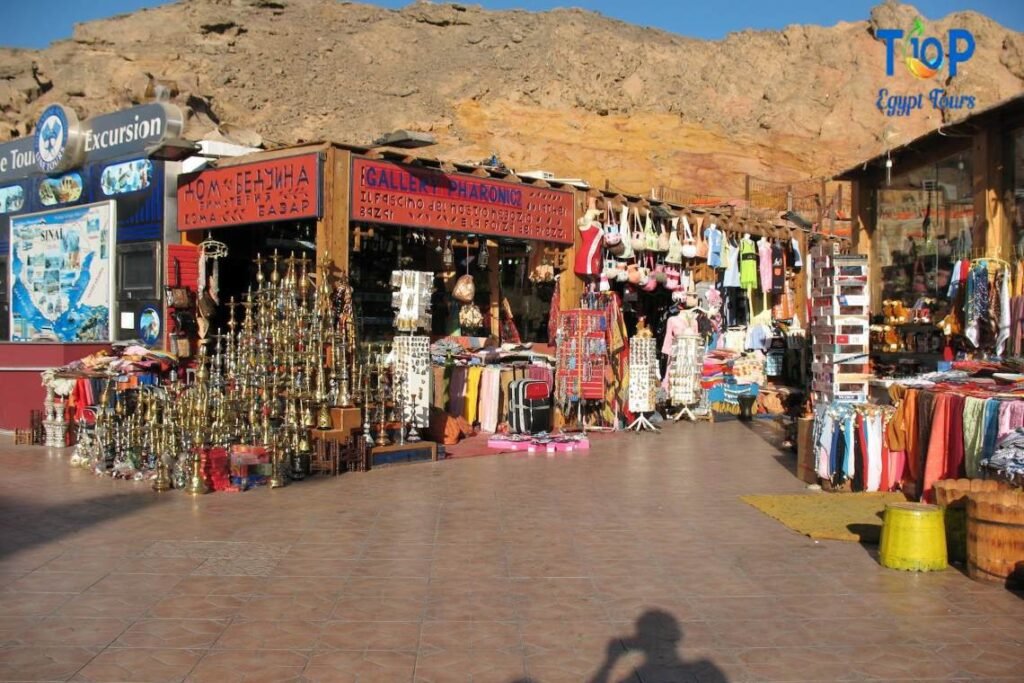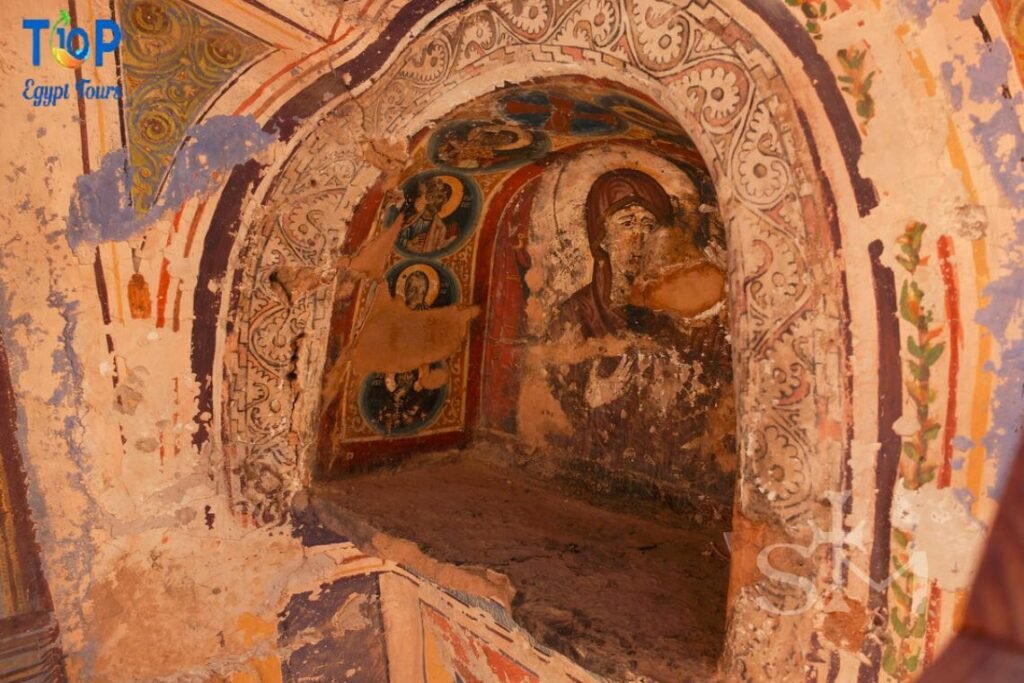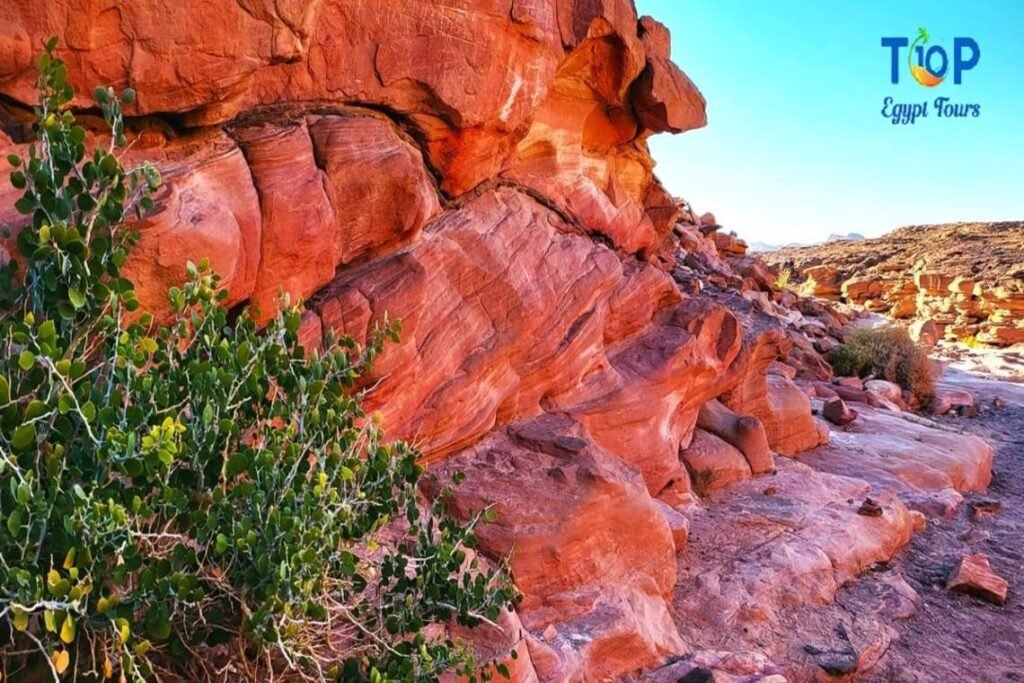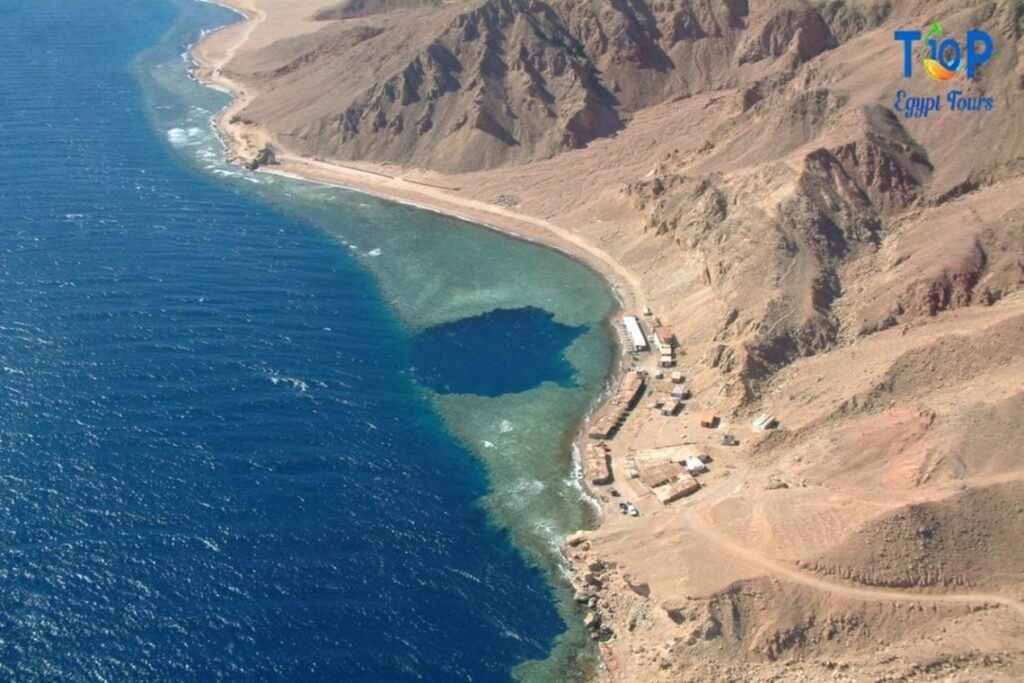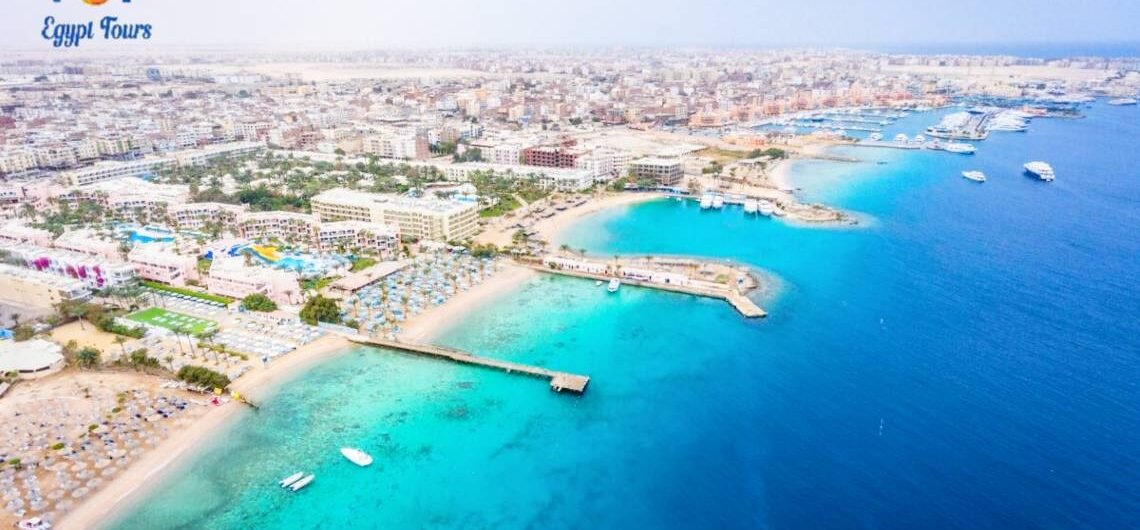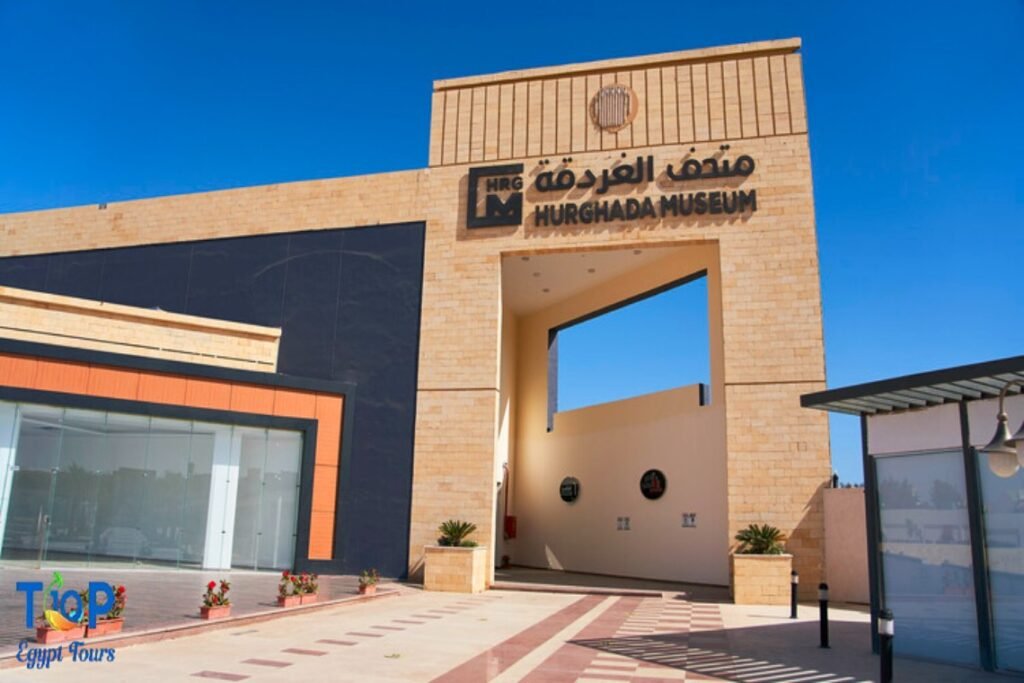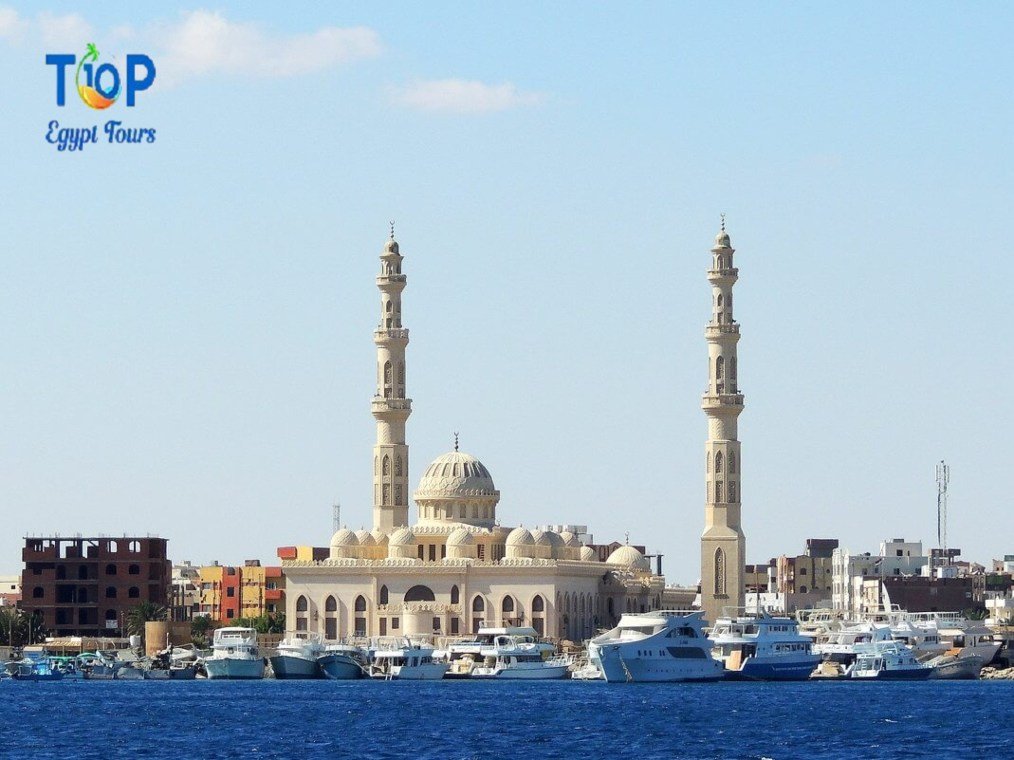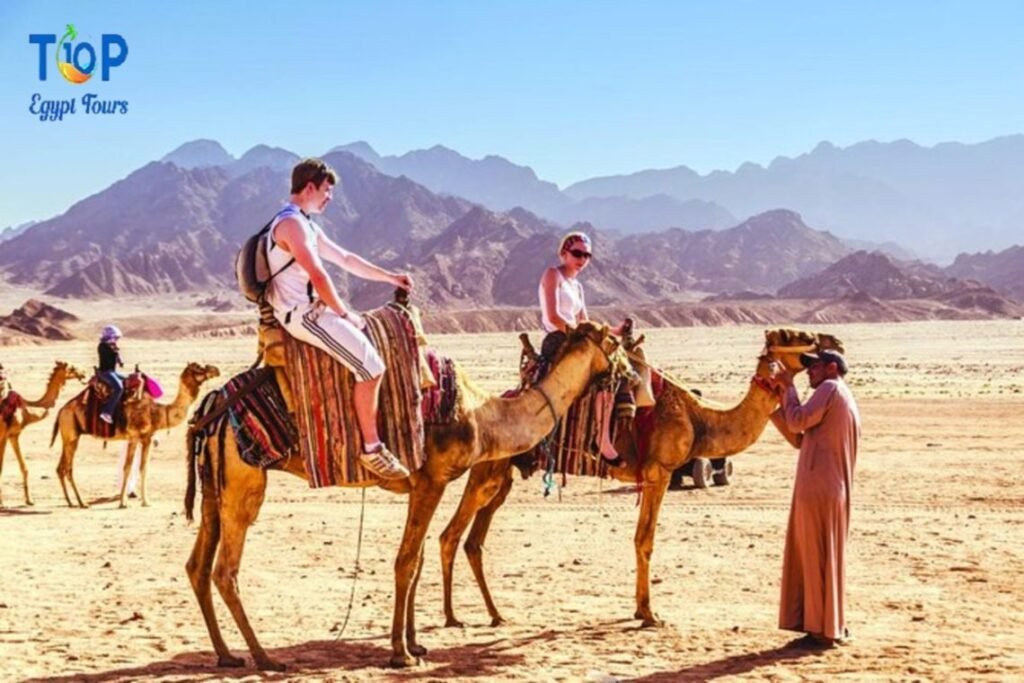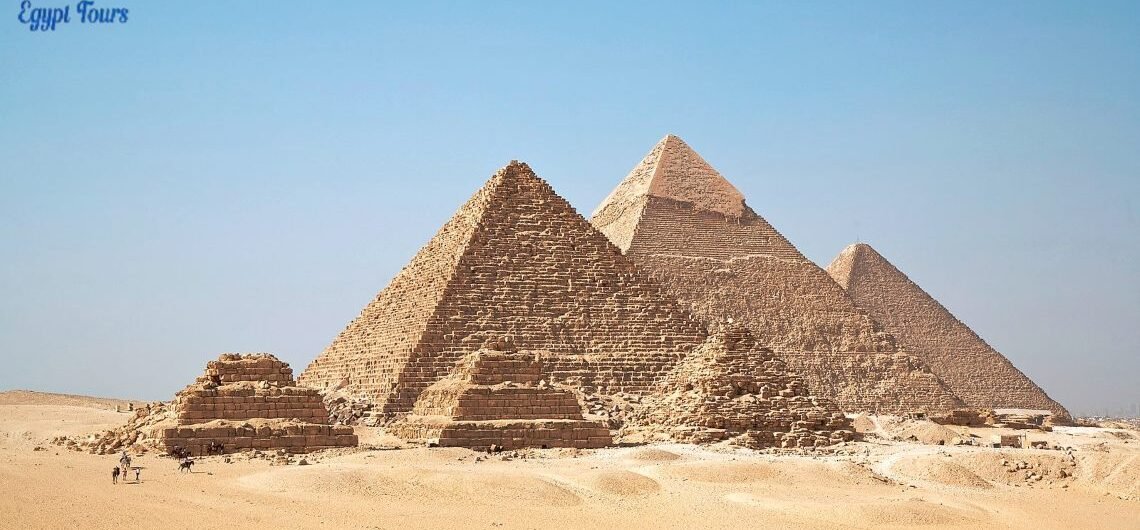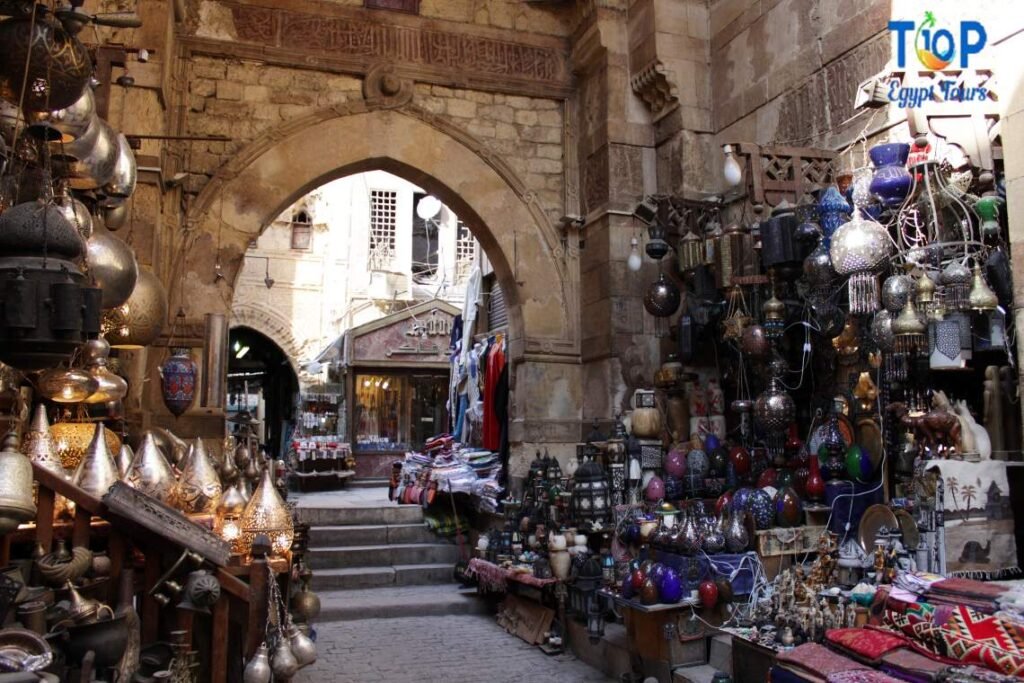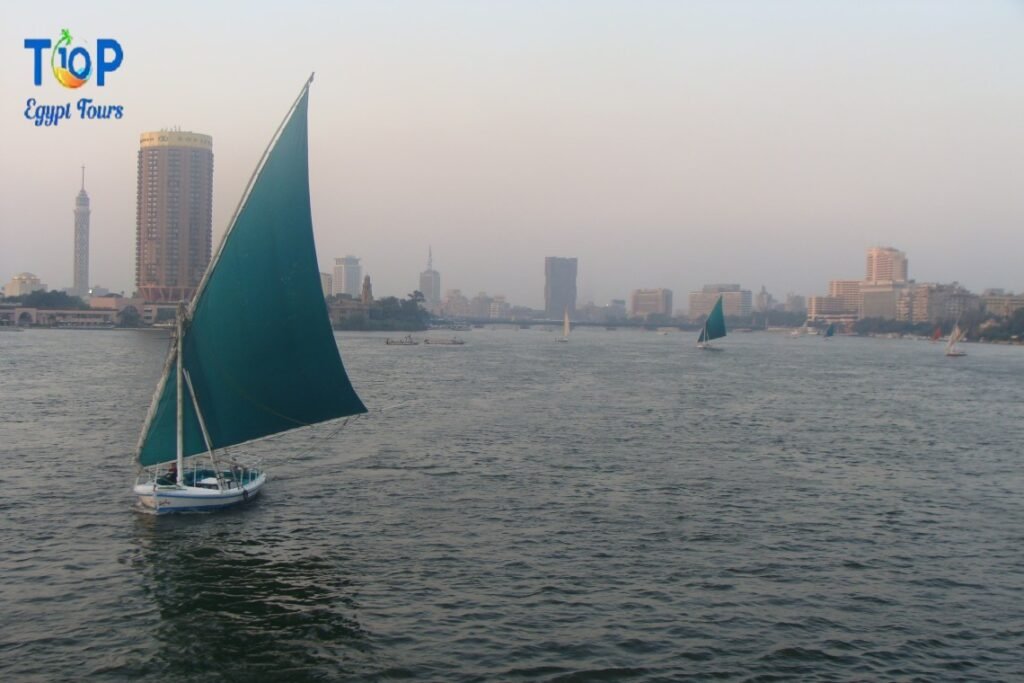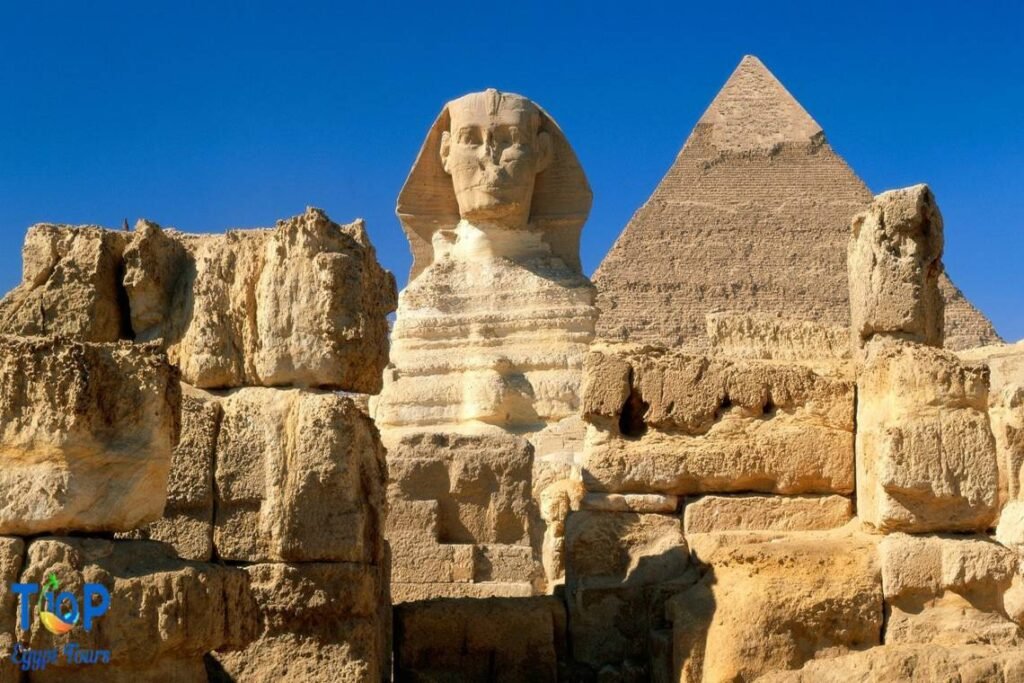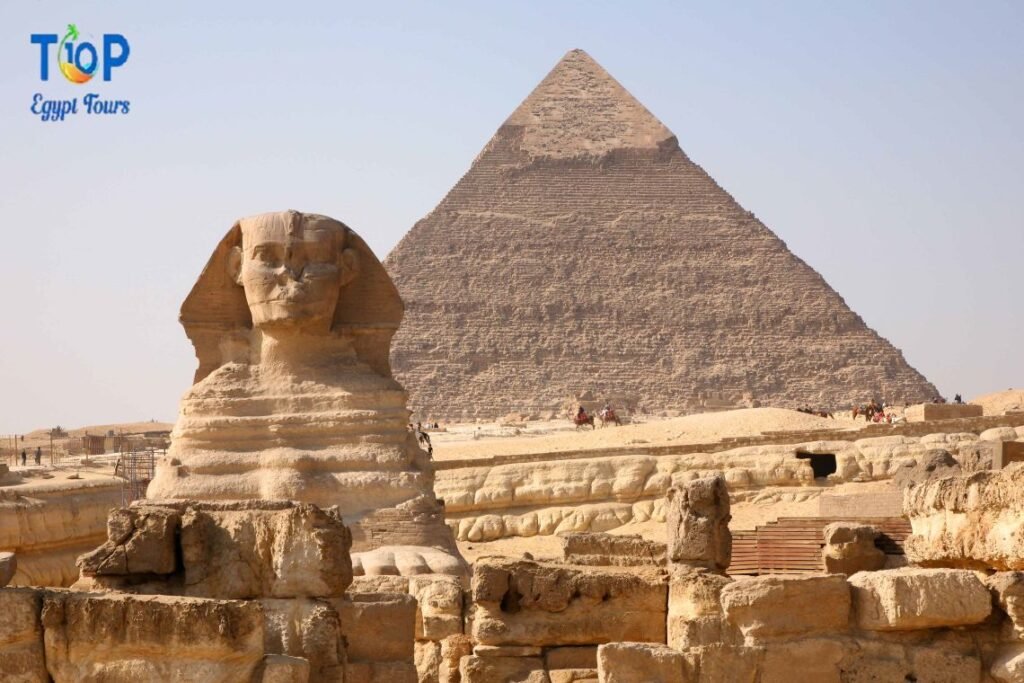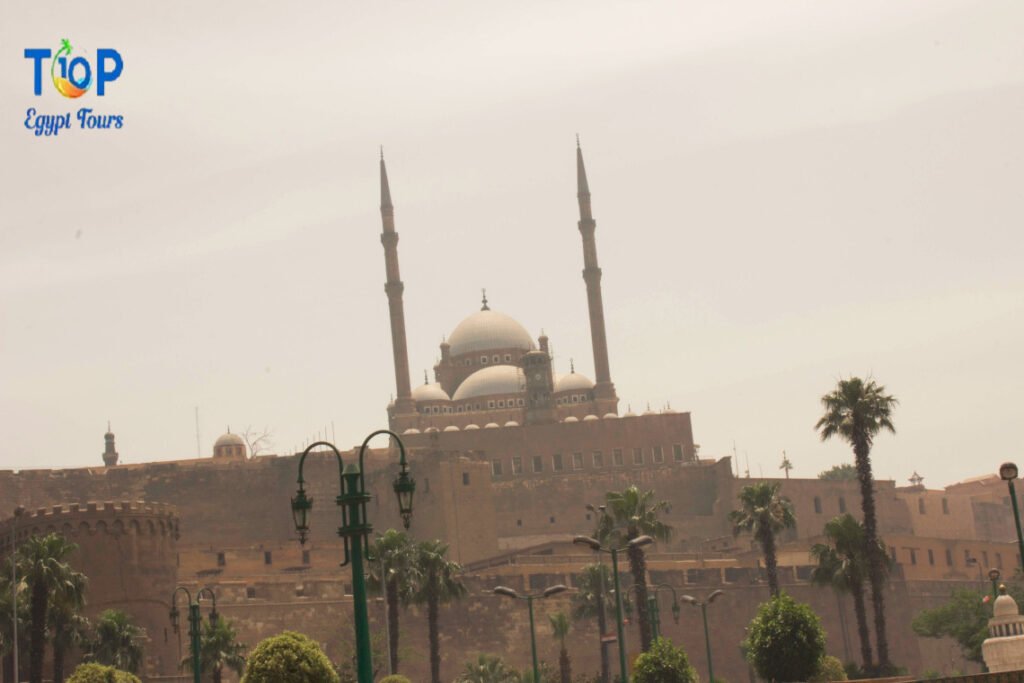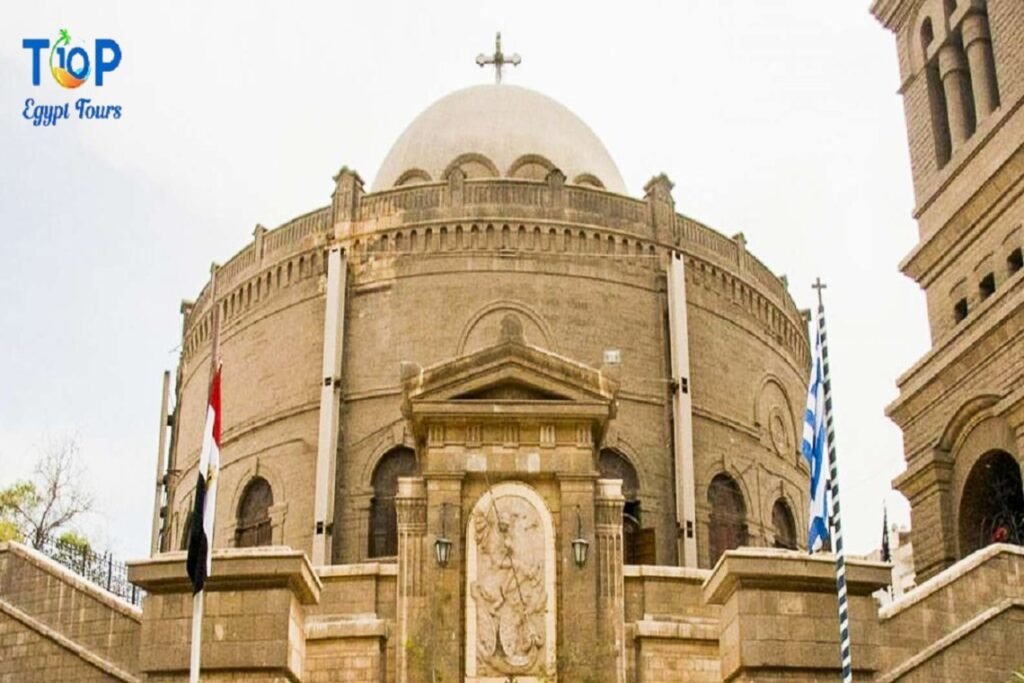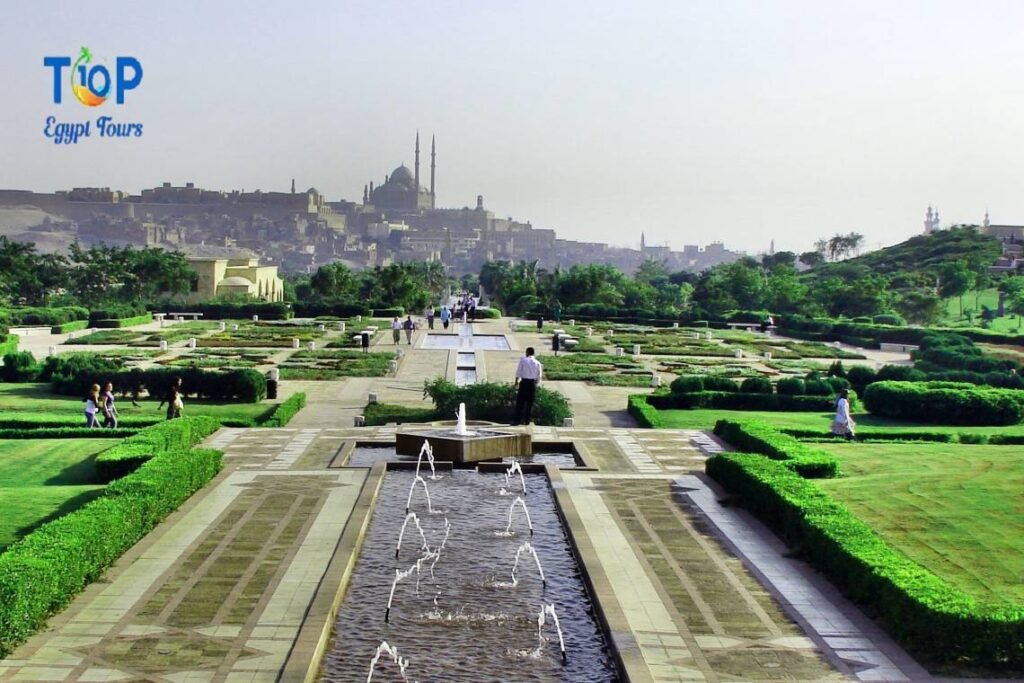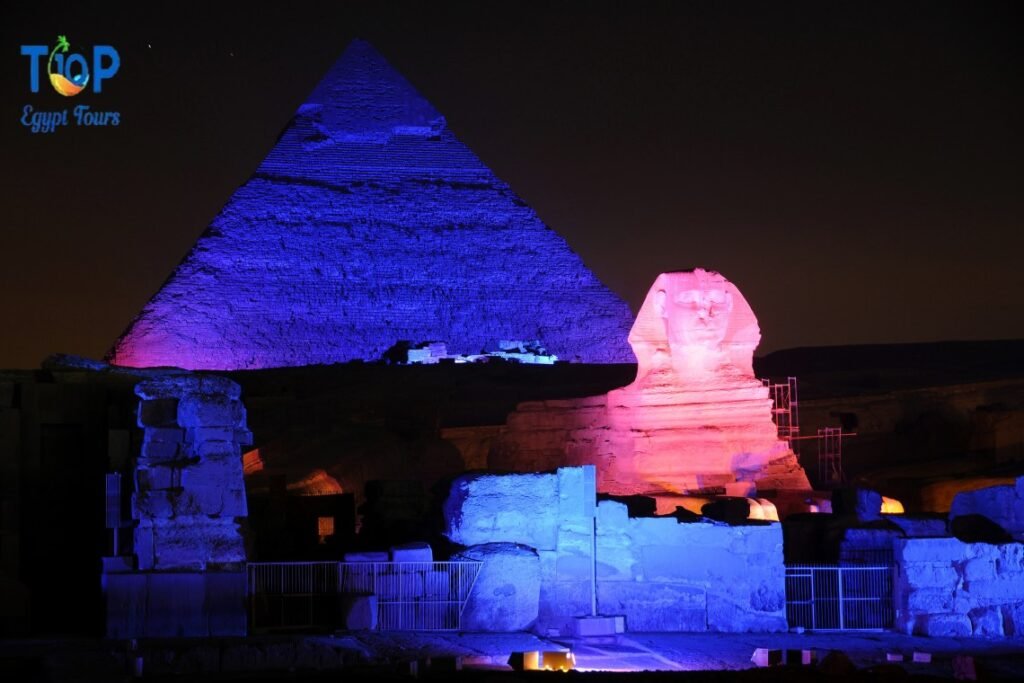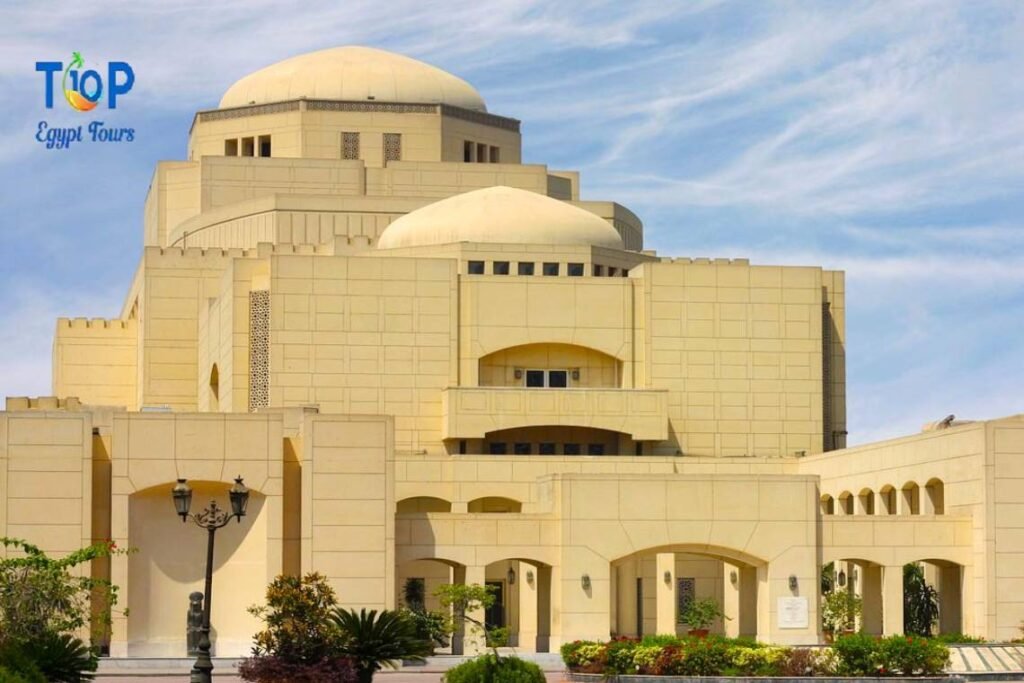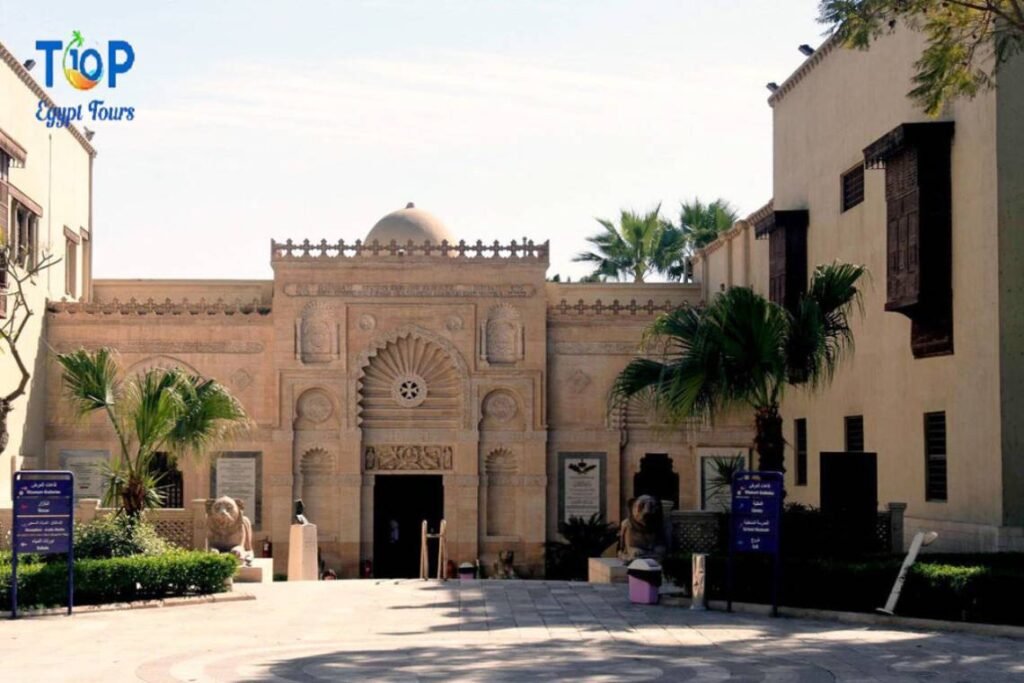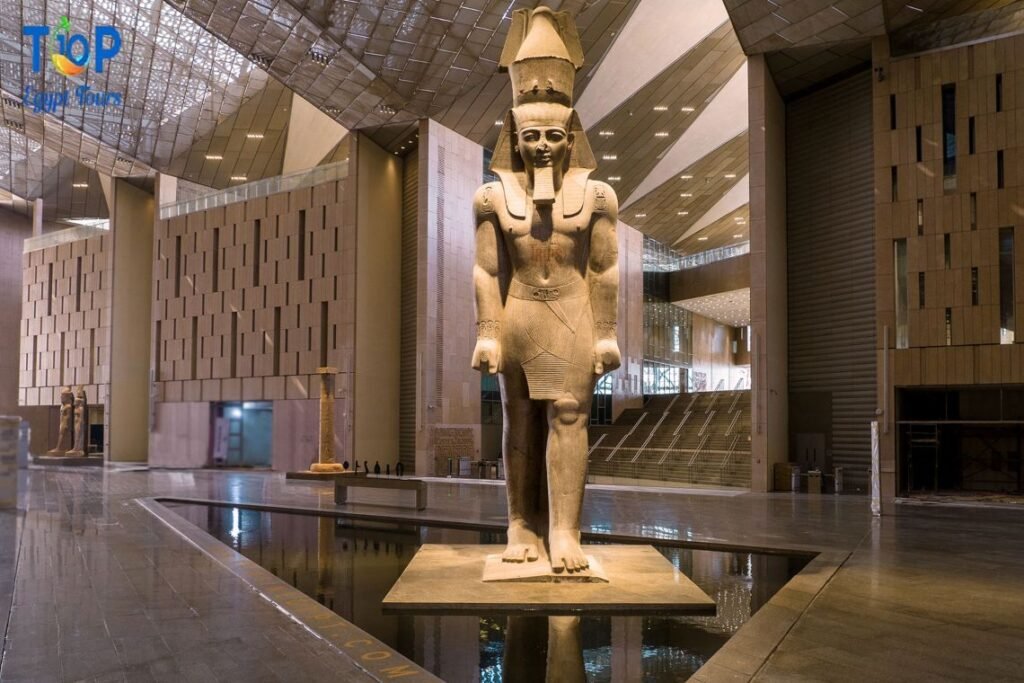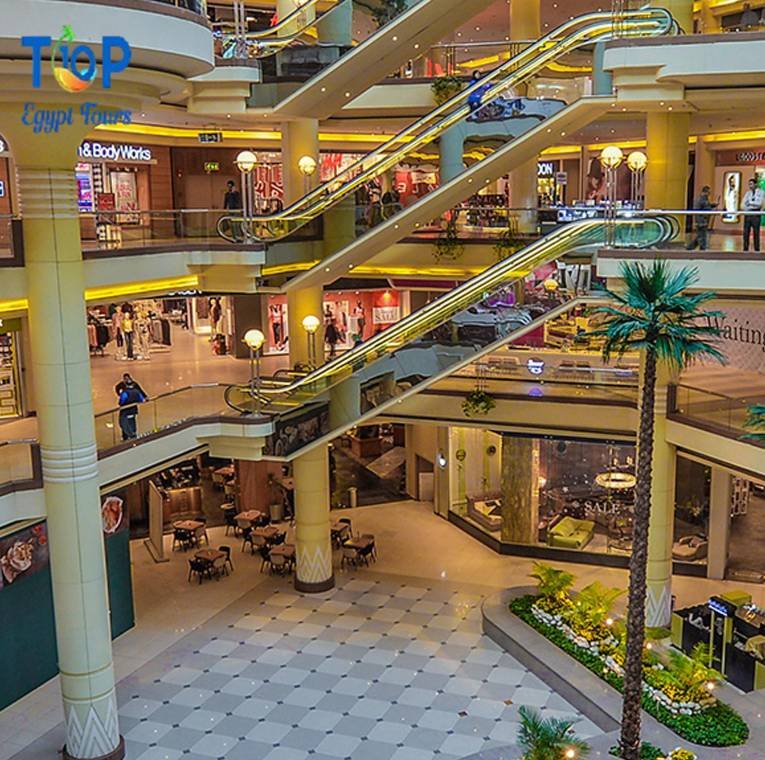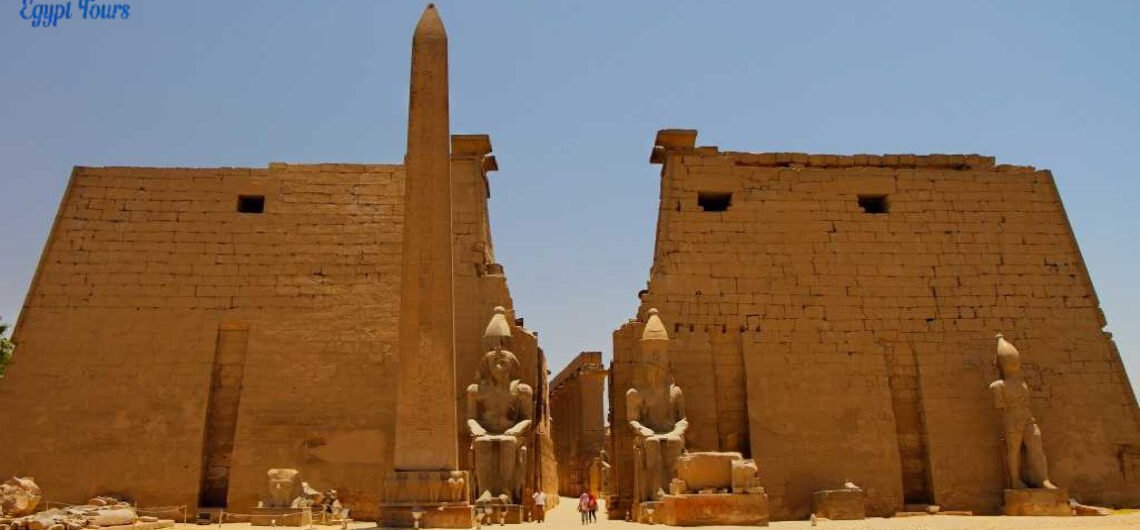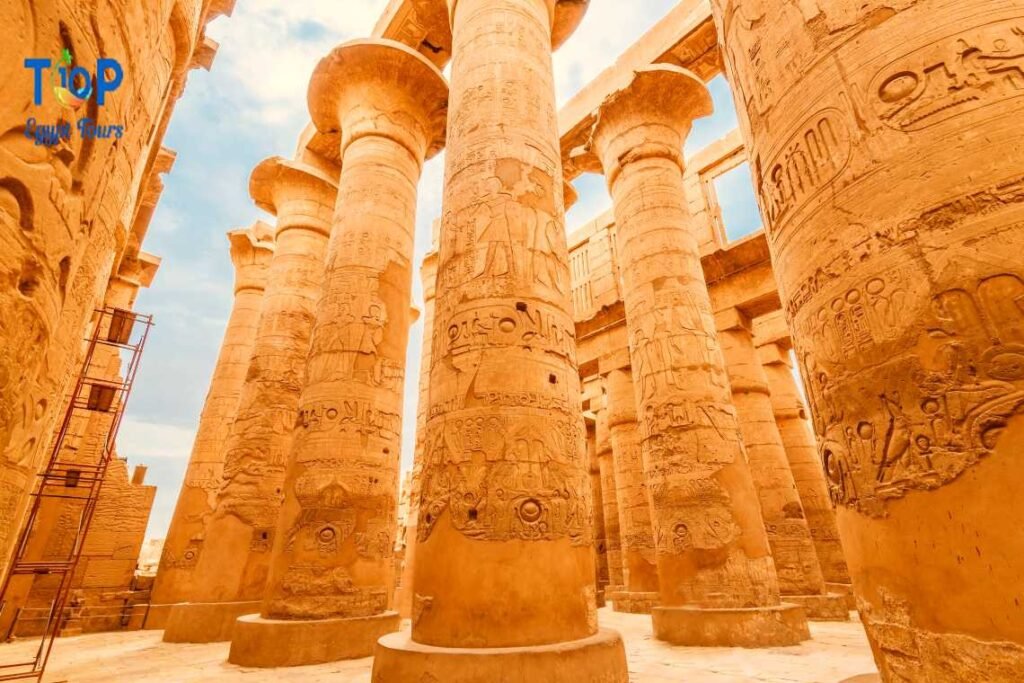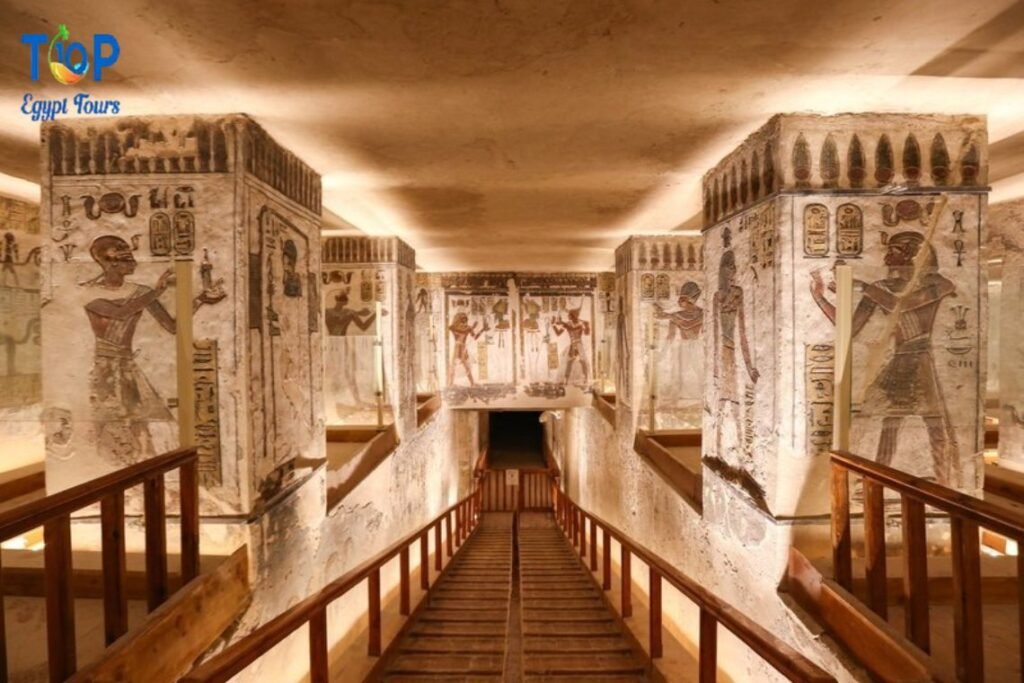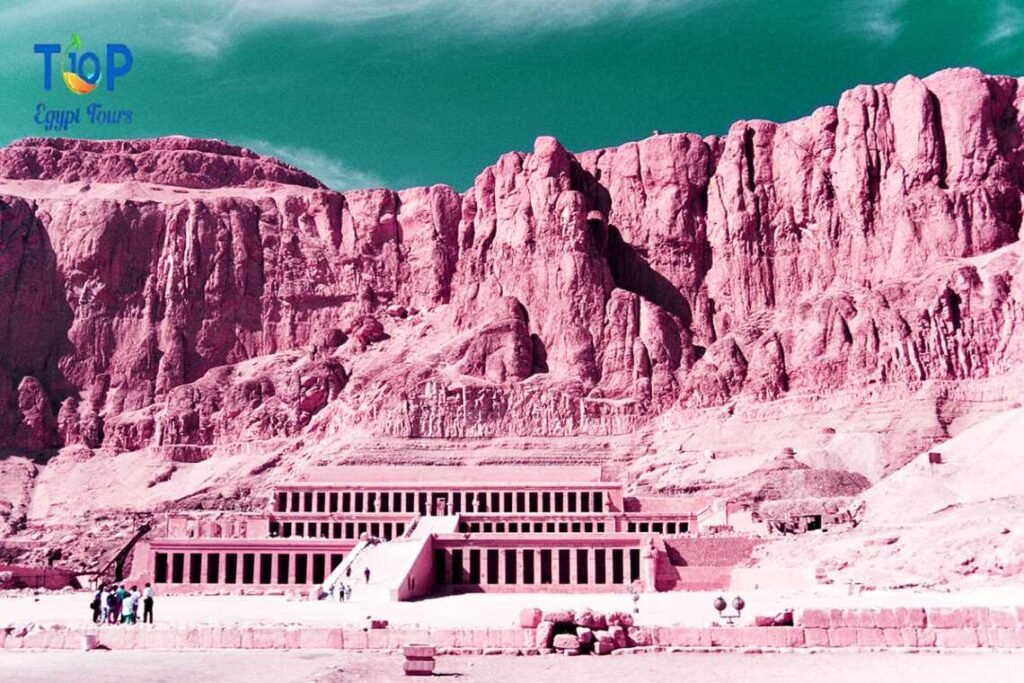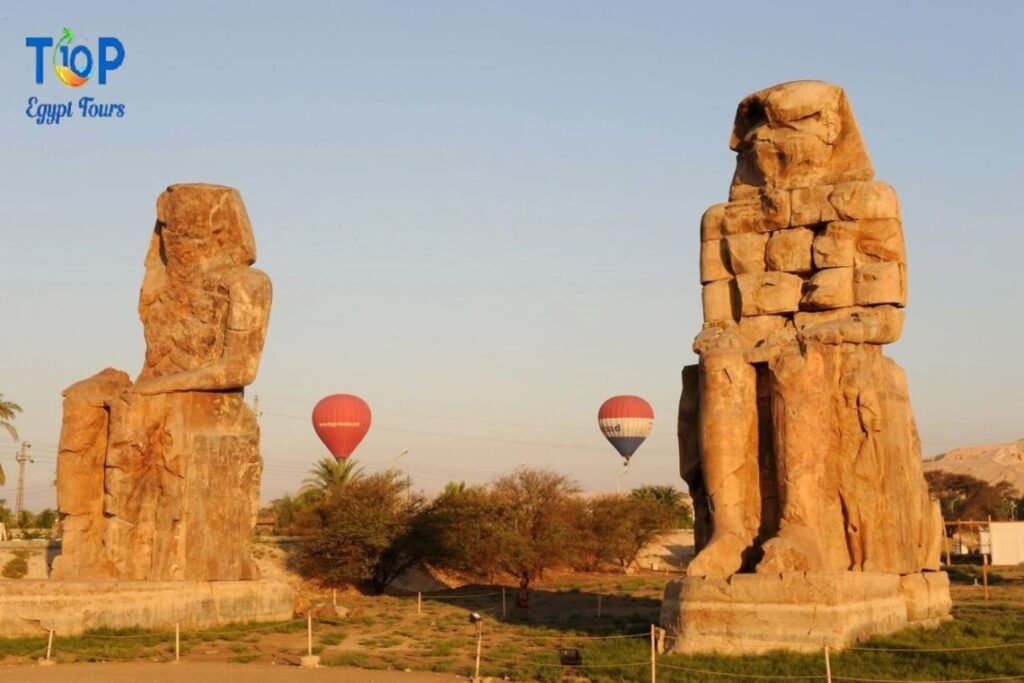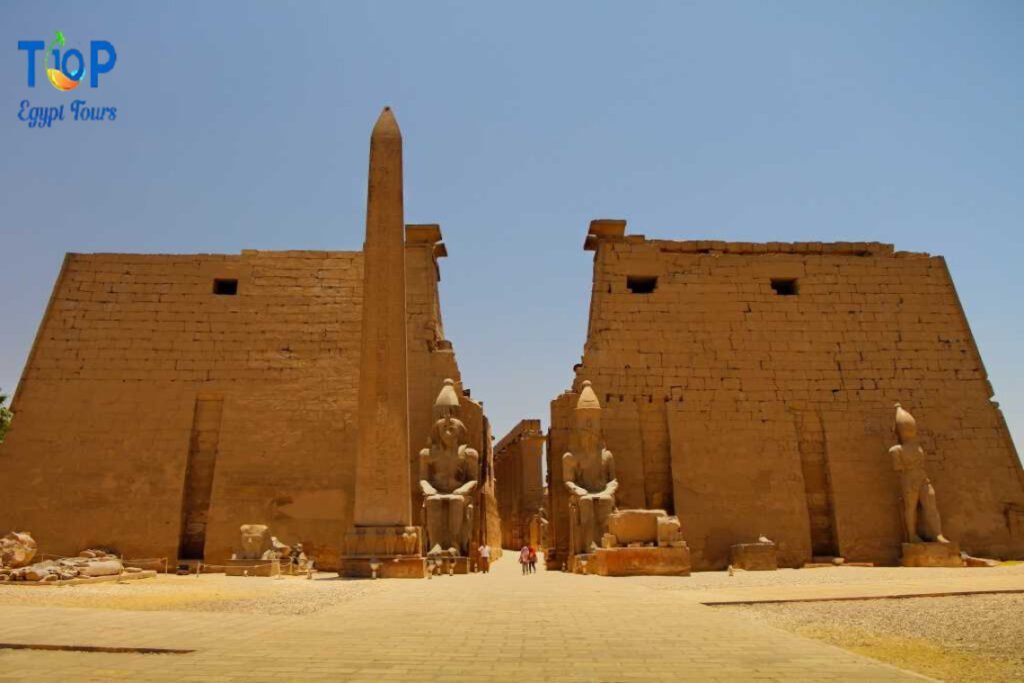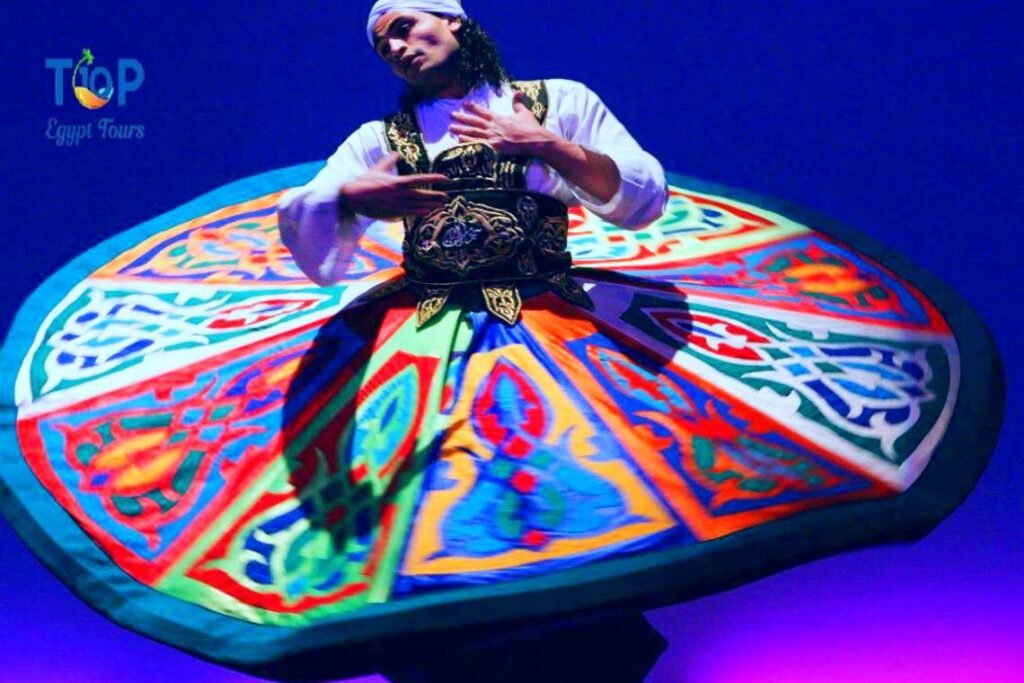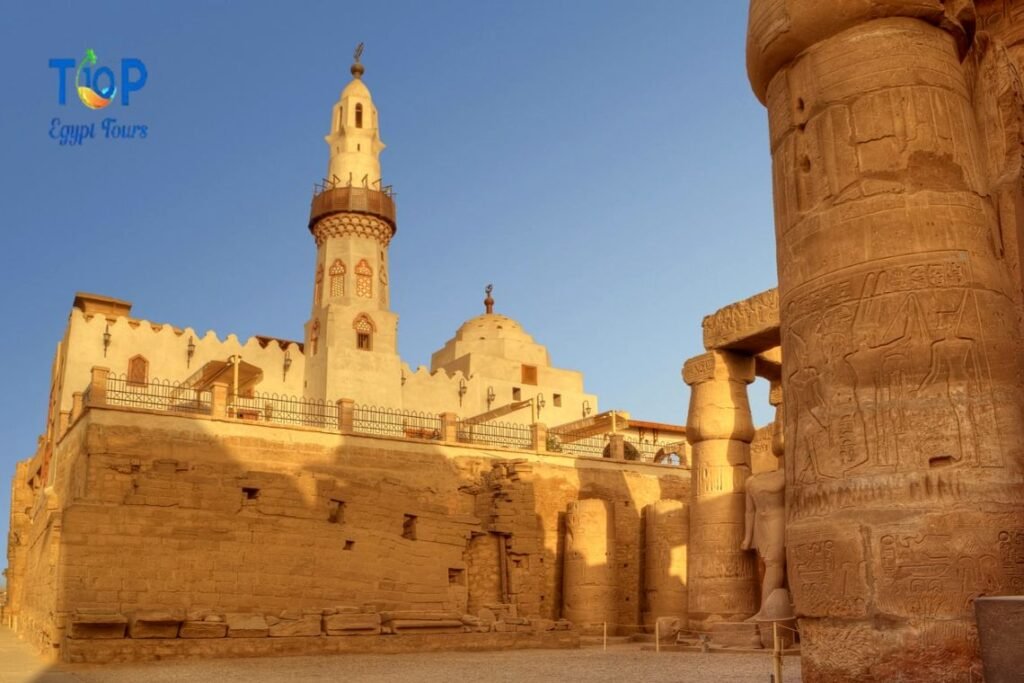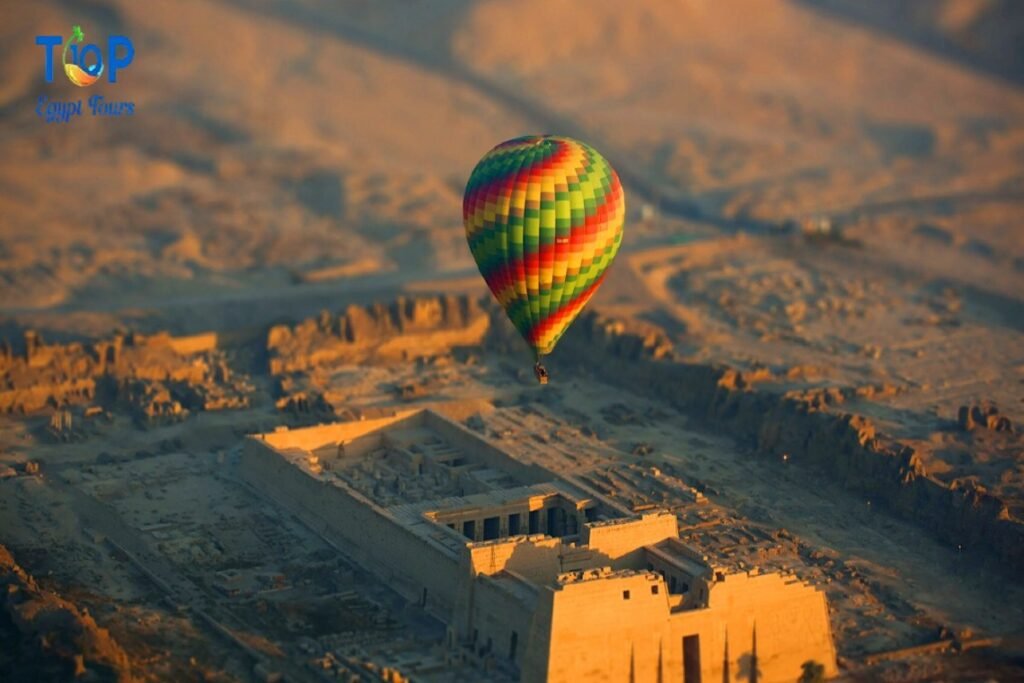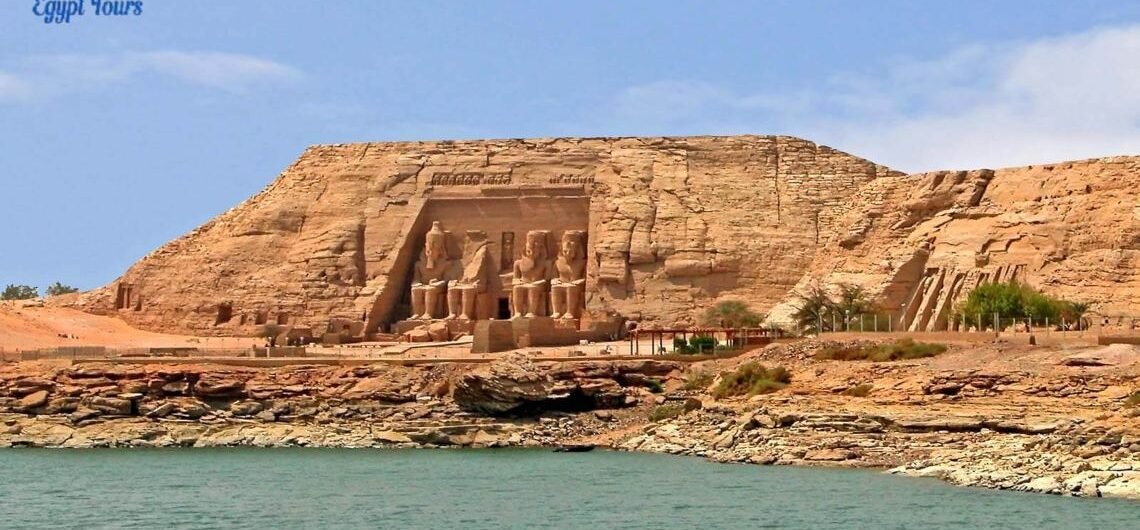Top Egypt Travel FAQs, Discover the essential FAQs for traveling in Egypt, including visa requirements, safety tips, transportation options, local currency, and health advice for an unforgettable journey.
In this article, we will uncover for you the Top Egypt Travel FAQs with Top Ten Egypt Tours.
Introduction about Top Egypt Travel FAQs
Thinking about traveling to Egypt? Whether you’re captivated by the mysteries of ancient civilizations or drawn to the breathtaking landscapes, there’s so much to discover in this remarkable country. However, planning your adventure can come with a few hurdles, especially when it comes to understanding logistics like visas, safety, transportation, and health tips. In this comprehensive guide, we’ll answer the Top Egypt Travel FAQs about traveling in Egypt, ensuring you’re well-prepared to experience everything this enchanting destination has to offer—from the iconic Pyramids of Giza to the vibrant streets of Cairo!
Top Egypt Travel FAQs:
What is the best way to return to the airport from my hotel?
Use hotel-arranged transportation, pre-booked transfers, or reputable taxi services for a hassle-free experience.
Do I need a visa to enter Egypt?
It is one of Essential Top Egypt Travel FAQs, Most travelers require a visa, which can be obtained on arrival, as an e-Visa, or at an Egyptian consulate.
Egypt generally has three types of entry visas:
Entry visa: valid for one month; given to any non-Egyptian citizen entering the country without a previously purchased visa
Transit visa: given to any non-Egyptian citizen entering the country for a limited period of time for transit reasons
Tourist visa: valid for up to 3 months and available with single or multiple entries; purchased by the majority of visitors to Egypt from a Egyptian embassy or consulate before arriving in the country
How do I apply for an e-Visa for Egypt?
You can apply online through the official Egyptian government website by filling out the necessary forms and paying the fee.
What is the best time to visit Egypt?
The best time to visit is between October and April when temperatures are cooler and more comfortable for sightseeing.
Is Egypt safe for tourists?
Yes, Egypt is generally safe for tourists, especially in major attractions, though it’s wise to stay informed about current events and follow local advice.
What are the main currency units in Egypt?
The official currency is the Egyptian Pound (EGP).
Can I use my credit card in Egypt?
Yes, major credit cards (Visa, MasterCard) are accepted, but it’s advisable to carry cash for smaller vendors.
Are ATMs widely available in Egypt?
Yes, ATMs are common in urban areas and tourist locations, enabling you to withdraw cash.
Should I tip in Egypt?
Yes, tipping (or “baksheesh”) is customary. It’s typical to give around 10-15% at restaurants and a small amount to service providers.
What languages are spoken in Egypt?
The official language is Arabic, but English is commonly spoken in tourist areas.
What electrical plug type is used in Egypt?
Egypt uses the Type C and Type F plugs. The voltage is 220V.
What health precautions should I take before going to Egypt?
Ensure routine vaccinations are up-to-date, consider vaccinations for hepatitis A, typhoid, and rabies, and drink bottled water to avoid illness.
Do I need travel insurance for Egypt?
Yes, comprehensive travel insurance is highly recommended to cover health emergencies and unexpected events.
Is it safe to drink tap water in Egypt?
No, it’s advisable to drink only bottled water.
What should I wear while visiting Egypt?
Dress modestly, especially in religious sites, with lightweight fabrics due to the heat. Include long pants and shoulder-covering tops.
Can I find vegetarian food in Egypt?
Yes, there are many vegetarian-friendly options, including falafel, hummus, and various salads and vegetable dishes.
What are the must-see attractions in Cairo?
The Giza Pyramids, the Sphinx, the Egyptian Museum, and Khan El Khalili market.
Are there guided tours available in Egypt?
Yes, various guided tours are available to explore historical sites, often including transportation and expert guides.
Can I take photographs at Egyptian sites?
Yes, but always ask permission for photos of people and check if photography is allowed in certain places like museums.
What common scams should I be aware of in Egypt?
Be cautious of unlicensed guides, inflated taxi fares, and pressure to buy products in markets.
Can I haggle in markets and shops in Egypt?
Yes, haggling is expected and part of the shopping experience in markets.
What’s the dress code for visiting mosques in Egypt?
Visitors should wear loose-fitting, modest clothing and women should cover their heads.
What is the local time zone in Egypt?
Egypt is in the Eastern European Time Zone (UTC+2).
What is the emergency number in Egypt?
For emergencies, dial 122 for police, 123 for ambulances, and 180 for fire services.
How can I get around in Egypt?
Options include domestic flights, trains, buses, taxis, and ride-sharing apps like Uber.
Are there domestic flights within Egypt?
Yes, domestic flights are available between key cities such as Cairo, Luxor, and Aswan.
Do I need to book train tickets in advance?
It’s advisable to book train tickets in advance, especially for popular routes or during peak tourist seasons.
What types of cuisine should I try in Egypt?
Try local dishes like koshari, molokhia, shawarma, and stuffed grape leaves.
Are there any health risks when traveling to Egypt?
Risks include foodborne illnesses, so eat at reputable places and drink safe water.
What are some popular traditional crafts in Egypt?
Look for hand-made items like carpets, jewelry, and papyrus art.
Can I easily access Wi-Fi in Egypt?
Wi-Fi is available at most hotels, cafes, and restaurants in major cities.
How can I connect with locals in Egypt?
Engaging with locals can be done through guided tours, attending cultural events, or simply interacting in markets.
Is it common to see public displays of affection in Egypt?
Public displays of affection are generally frowned upon in Egypt, especially for couples.
What should I do in case of a lost passport?
Report the loss to the local police and contact your country’s embassy or consulate immediately.
What is the best way to exchange currency in Egypt?
Exchange currency at banks, official exchange bureaus, or ATMs for better rates.
What is the local custom for greeting people in Egypt?
A handshake is common. Among friends, a hug or kiss on the cheek may occur.
Are there any public holidays I should be aware of?
Yes, holidays like Ramadan, Eid al-Fitr, and Eid al-Adha can affect travel and availability of services.
How can I manage my budget while traveling in Egypt?
Plan for a mix of spending on accommodations, meals, entry fees, and any tours or guides.
What are some family-friendly activities in Egypt?
Consider visiting theme parks, the Cairo Zoo, or participating in cultural workshops.
What wildlife can I see in Egypt?
Look for camels, gazelles, and various birds, especially near the Nile.
Can I drink alcohol in Egypt?
Alcohol is available at hotels, restaurants, and bars in tourist areas, but is not commonly consumed in public.
Are there specific etiquette rules for visiting religious sites?
Observe silence, remove shoes when required, and respect prayer times.
How can I keep safe while traveling alone in Egypt?
Stay in well-populated areas, keep your belongings secure, and be cautious when interacting with strangers.
What is the significance of the Nile River in Egypt?
The Nile is vital for agriculture, transportation, and is historically significant for ancient Egyptian civilization.
What are the best beaches to visit in Egypt?
Top beaches include those in Sharm El Sheikh, Hurghada, and Dahab, known for their beautiful waters and snorkeling.
How should I prepare for a desert trip in Egypt?
Bring ample water, sun protection, and notify someone of your plans. Dress in light, breathable clothing.
Are there any dress restrictions for tourists?
While tourists are not required to wear traditional clothing, modest attire is recommended outside tourist sites.
What traditional festivals occur in Egypt?
Festivals like Sham El Nessim (spring festival) and the Aswan International Festival of Culture and Arts are notable.
Is it advisable to travel to Egypt during Ramadan?
Yes, many tourists visit during Ramadan. Just be aware of fasting customs and adjust your dining plans.
What are some popular souvenirs to buy in Egypt?
Seek out papyrus products, traditional jewelry, spices, and handmade textiles.
How can I avoid common food-related illnesses in Egypt?
Stick to well-cooked foods, avoid street food from unlicensed vendors, and drink bottled water.
Are guided tours worth the money?
Yes, guided tours often provide insightful historical context and can enhance your overall experience.
What are the best historical sites to visit in Luxor?
Must-see sites in Luxor include the Valley of the Kings, Karnak Temple, and Luxor Temple.
What is the cultural significance of the pyramids?
The pyramids are tombs for pharaohs and a testament to ancient Egyptian engineering and religious beliefs.
How can I participate in cultural experiences while in Egypt?
Consider joining workshops on crafts, cooking classes, or attending local events and markets.
What key historical events shaped modern Egypt?
Key events include the 1952 revolution, the Nasser era, and the Arab Spring protests.
Are there family-friendly accommodations in Egypt?
Yes, many hotels offer family-friendly amenities such as pools, activities, and family rooms.
Where can I experience local music and dance in Egypt?
Local music and dance can often be found at cultural festivals, in cafes, or during special events.
What precautions should I take regarding personal security?
Keep valuables secured, avoid traveling alone at night, and trust your instincts.
What should I know about Egyptian street food?
While delicious, consume it with caution. Look for vendors that have a good reputation and high turnover.
How can I find the best local guides in Egypt?
Research online, read reviews, or ask for recommendations from your hotel or fellow travelers.
Are there any apps useful for travelers in Egypt?
Useful apps include Google Maps, currency converters, and translation apps.
What’s the best way to learn about Egyptian history?
Visiting museums, taking guided tours, and reading books or articles can provide valuable insights.
Can I explore the temples in Abu Simbel independently?
It’s best to visit Abu Simbel as part of an organized tour due to its remote location.
What types of local transportation can I use?
Options include taxis, microbuses, local buses, and ferries, especially along the Nile.
What are some good day trips from Cairo?
Consider trips to Giza, Saqqara, or the ancient city of Faiyum.
What is the significance of the Sphinx?
The Sphinx is believed to represent pharaoh Khafre and symbolizes strength and wisdom.
Where can I see traditional Egyptian dance performances?
Look for shows at hotels, cultural centers, or restaurants that feature folkloric dance.
Is it common to bargain when buying souvenirs?
Yes, bargaining is expected in markets.
How do I navigate busy markets in Egypt?
Stay aware of your surroundings, keep your belongings secure, and be prepared to haggle.
What notable archaeological sites are there in Egypt?
Key sites include Egyptian temples, tombs in Luxor, and the ancient city of Memphis.
How can I prepare for a Nile cruise?
Pack light, bring sunscreen, and plan activities or excursions in advance.
Can I drink coffee or tea while in public during Ramadan?
It is best to avoid consuming food or drink in public during daylight hours in Ramadan.
What is the local custom for dining?
Meals are often communal; it’s polite to wait for the host to begin eating first.
What is the significance of mummification in ancient Egypt?
Mummification was part of the burial process, aimed at preserving the body for the afterlife.
How can I find local herbs and spices in Egypt?
Explore local markets, particularly Khan El Khalili in Cairo, where spices are sold.
Should I learn basic Arabic phrases before visiting?
While many speak English, knowing a few Arabic phrases is appreciated and enhances interactions.
What are my options for evening entertainment in Egypt?
Options include visiting cultural performances, local restaurants, or nightlife in Cairo and Sharm El Sheikh.
Are there any unique customs in Egyptian households?
Guests often receive warm hospitality and refreshments. It’s courteous to accept.
What should I know about photography restrictions?
Some areas and museums may have strict photography rules, so look for signage or ask.
How does the tipping culture differ in Egypt compared to other countries?
Tipping in Egypt is more prevalent and expected for most services compared to some Western countries.
What is the best way to keep my belongings safe in Egypt?
Use anti-theft bags, keep valuables in a hotel safe, and avoid carrying large sums of cash.
What important historical figures should I know about in Egypt?
Figures like Cleopatra, Ramses II(Read More), and Tutankhamun are pivotal in Egyptian history.
Are there any unique natural attractions to see in Egypt?
Yes, check out the White Desert, Siwa Oasis, or the Red Sea coral reefs.
How can I access medical care while in Egypt?
Major cities have hospitals and clinics; travelers should seek guidance from their hotel for the nearest facility.
What kind of flora and fauna can I see while exploring Egypt?
You can see date palms, acacia trees, and various desert wildlife near the Nile.
What are the best ways to experience the local culture?
Participate in traditional meals, attend festivals, and visit local artisans.
What are the best locations for scuba diving in Egypt?
The Red Sea, especially around Sharm El Sheikh and Dahab, is renowned for scuba diving.
Are there any restrictions on smoking in public places?
Smoking is common, but many indoor places have designated areas or restrictions.
What types of festivals occur in Egypt?
Festivals include the Cairo International Film Festival and various religious celebrations.
Can I swim in the Nile?
Swimming in the Nile is not advisable due to strong currents and pollution.
What common phrases should I know in Arabic?
Basic phrases like “shukran” (thank you) and “marhaban” (hello) can be helpful.
Where can I find local art and crafts in Egypt?
Local markets and art galleries offer a variety of traditional crafts and artworks.
What are the most iconic symbols of Egypt?
The Ankh, Eye of Horus, and scarab beetle are notable symbols representing life and protection.
What are the fastest ways to communicate with locals?
Smartphones with translation apps can facilitate communication; learning a few key phrases helps too.
Are there any restrictions on bringing goods into Egypt?
Be mindful of restrictions on items like certain food products and large sums of cash.
What do I do if I experience culture shock in Egypt?
Take time to relax, explore at your own pace, and try to engage positively with local culture.
Can I find places to practice yoga or meditation in Egypt?
Yes, several hotels and wellness centers offer yoga sessions, particularly in tourist areas.
How can I connect with other travelers in Egypt?
Join hostel events, utilize travel apps, or participate in group tours for socializing.
What should I pack for a trip to Egypt?
Pack light clothing, comfortable shoes, sun protection, a reusable water bottle, and adapters for electronics.
How much will I have to pay as a deposit, and how do I pay it?
A deposit of 25% of the total tour price is required to confirm your booking. Payments can be made online via credit card and Cash
What are the opening hours for monuments in Egypt?
Most historical sites, monuments, and museums in Egypt typically operate from 9 AM to 5 PM. However, open-air attractions such as the Temples and the Pyramids of Giza are available for visitors from 7 AM until sunset. Additionally, some museums feature different schedules, with morning hours from 9 AM to 4 PM and evening hours extending from 5 PM to 9 or 10 PM.
Conclusion about Top Egypt Travel FAQs
Navigating travel in Egypt can be a rewarding experience filled with rich history, vibrant culture, and warm hospitality. From understanding visa requirements and staying safe to exploring must-see attractions, this guide has covered essential Top Egypt Travel FAQs to help you plan your journey. Ready to embark on your Egyptian adventure? Book your tour with Top Ten Egypt Tours today and create unforgettable memories!
Discover all you need to know with our Top Egypt Travel FAQs and prepare for an unforgettable journey!
Book your tour today and start your Egyptian adventure with us!


